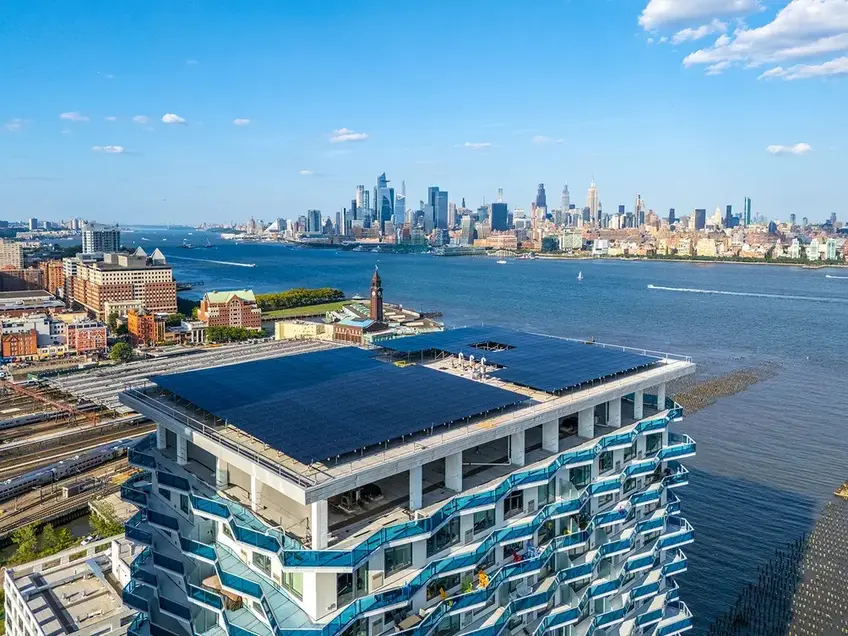 The Beach - LeFrak
The Beach - LeFrak
High cost of living has always been a trade-off for living in New York City, but recent developments are threatening to drive energy bills up. Earlier this winter, local energy giant Con Ed sought state approval for a proposal to help it expand and maintain its infrastructure, a venture that would be funded by increasing consumers’ electric bills by double digits. Consumers and elected officials alike are not pleased about the prospect. It doesn’t help matters that if and when President Trump’s tariffs on goods and energy are implemented, it could drive up the cost of imported energy.
Environmental activists see this as a cue to move away from fossil fuels to renewable energy. Indeed, the city has seen some progress on this front: In the last days of 2023, the New York City Council approved the City of Yes for Carbon Neutrality, a package of zoning changes that make it easier for property owners to embrace climate-friendly projects. Such measures include rewriting rules on where high-performance walls can be added to better insulate buildings, broadening the limits on the number of solar panels that can be installed on a roof, and opening up swaths of the city to electric vehicle charging stations and electric building infrastructures.
In this article:
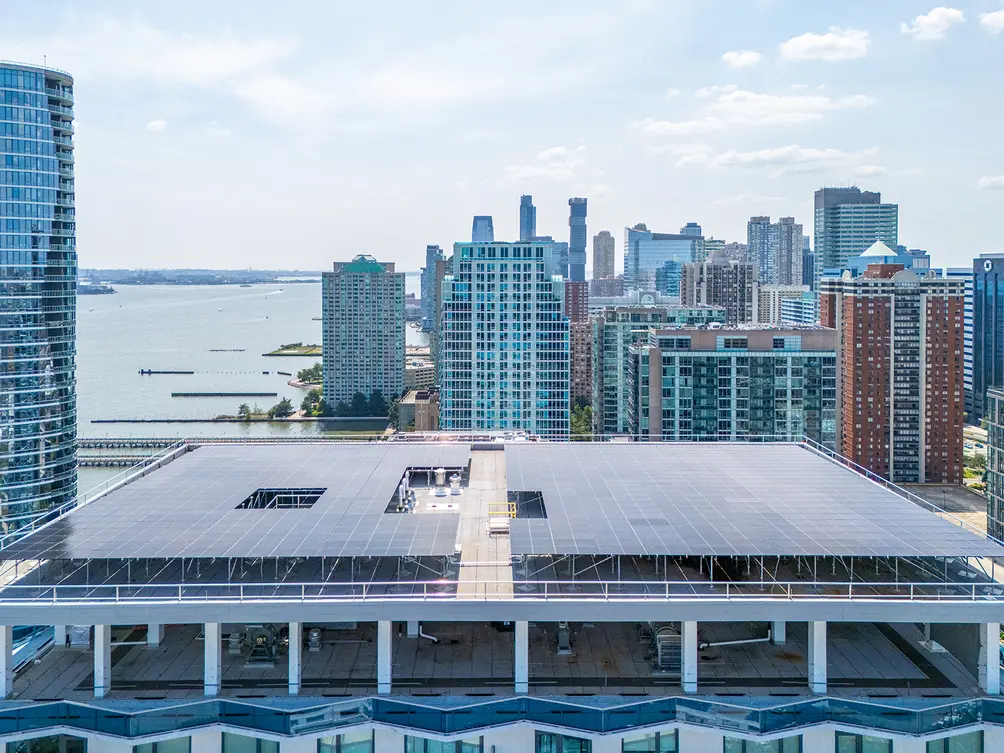 The Beach - LeFrak
The Beach - LeFrak
Some buildings are ahead of the game, having already installed solar panels. Everyone seems to win with this: The buildings produce fewer carbon emissions; residents notice favorable differences in their energy bills, and building management is amenable to the idea in the wake of tax abatements. Older cooperatives and townhouses located in historic districts require permission to install from the Landmarks Preservation Commission ("Landmarks"), but this is anecdotally easy to get as long as the solar panels don't interfere with or detract from the overall appearance of the building.
It is important to note that some neighborhoods are more conducive to rooftop solar panels than others. When the supertalls of Billionaires' Row were on the drawing board, some opponents were against them for the shadows they'd cast on Central Park and the neighboring streets. As such, this might not be the best use of resources and rooftop space for buildings in certain stretches of Midtown.
However, Washington Heights' combination of high elevation and low-rise buildings allowed it to emerge as a solar energy powerhouse. Further downtown, when the famously sustainable Battery Park City was on the rise, many of the buildings were conceived with solar panels in mind.
However, Washington Heights' combination of high elevation and low-rise buildings allowed it to emerge as a solar energy powerhouse. Further downtown, when the famously sustainable Battery Park City was on the rise, many of the buildings were conceived with solar panels in mind.
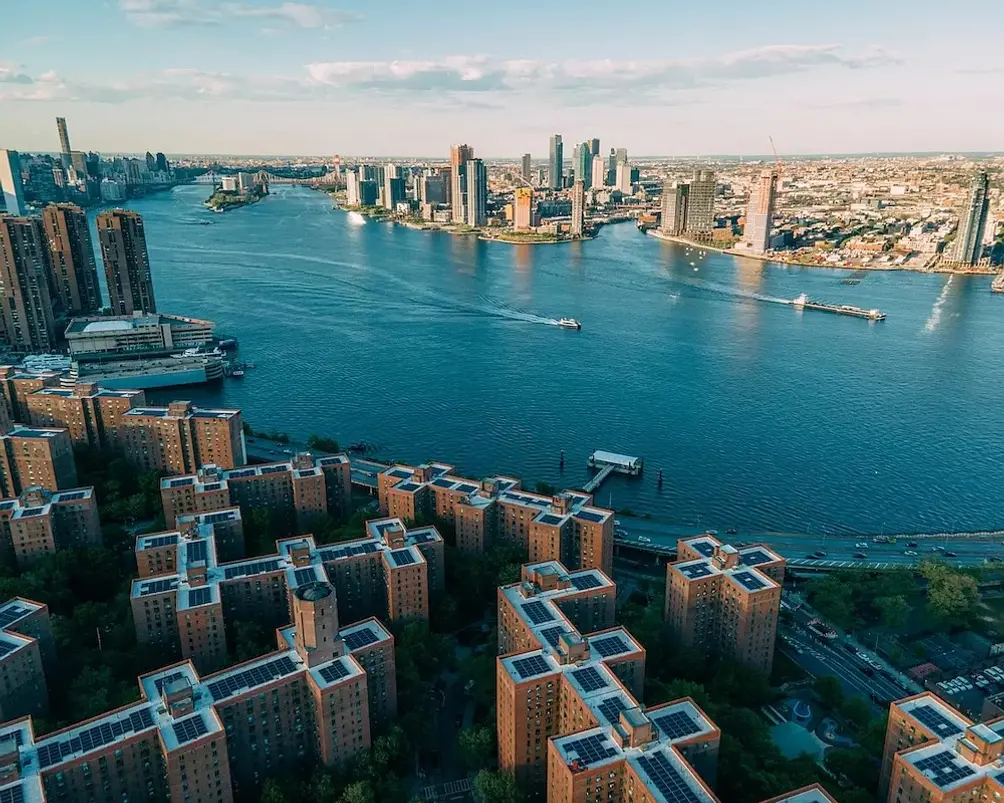 Could we see more of the city's roofs looking like this? (StuyTown Property Services)
Could we see more of the city's roofs looking like this? (StuyTown Property Services)
Multi-family buildings with solar panels
900 West 190th Street
One availability for $530K
One availability for $530K
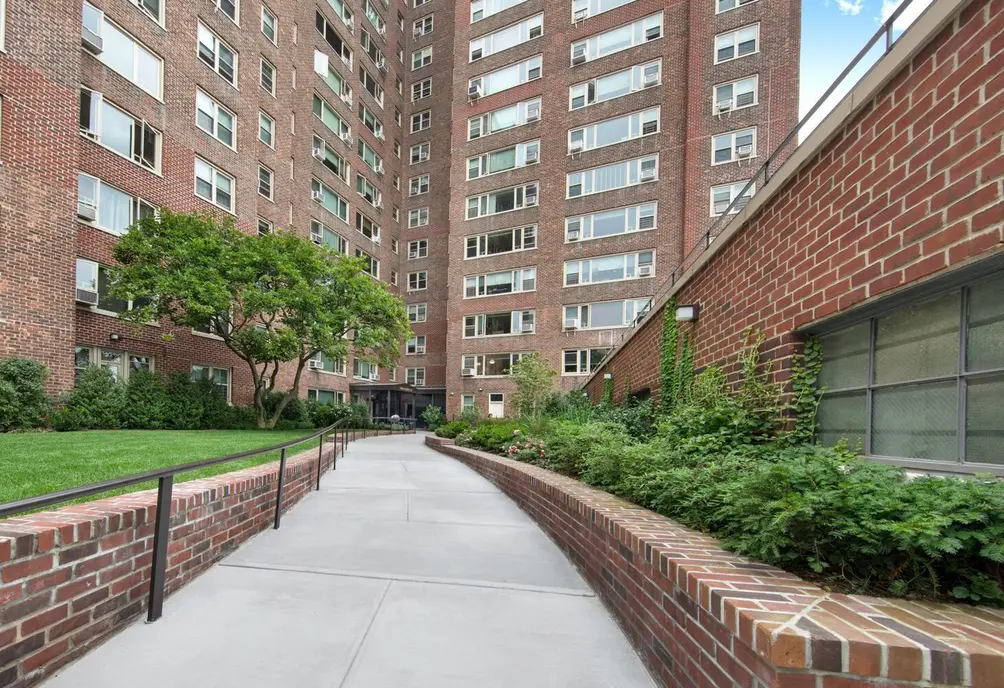 Cabrini Terrace (Compass)
Cabrini Terrace (Compass)
Cabrini Terrace was one of the first multifamily buildings in New York City to install solar panels, having installed a photovoltaic system atop the co-op's garage in 2007. The building sits at one of the highest points in Manhattan, eliminating concerns about being in shadow. The backup energy provided can be used for elevators and water pumps in case of blackouts. Years after the installation, buildings throughout the city look to it as a solar energy success story.
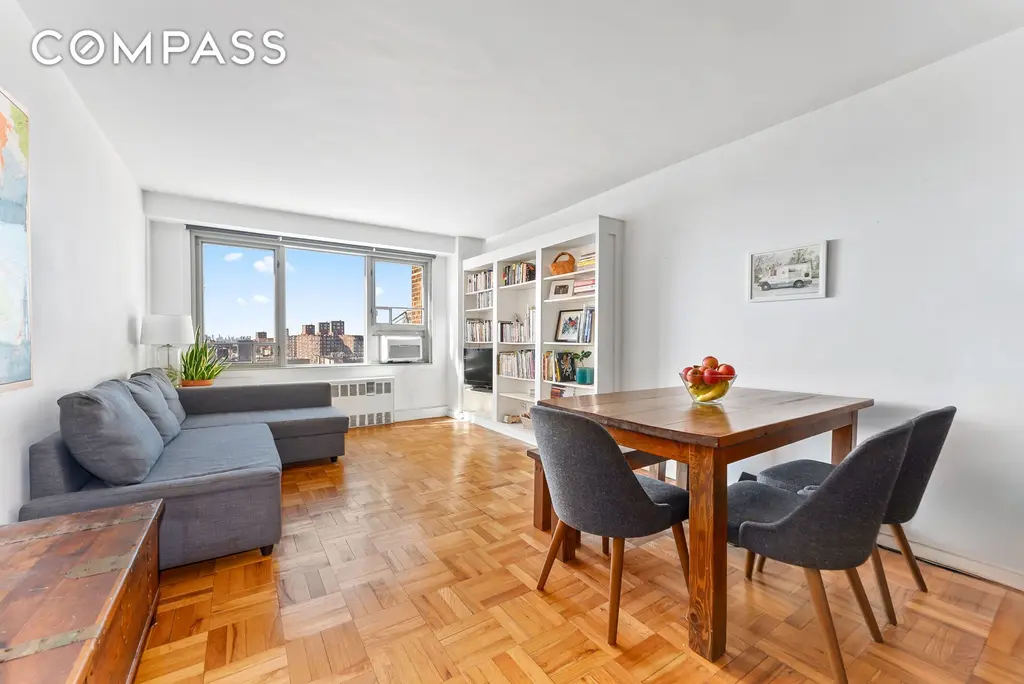
Cabrini Terrace, #12M (Compass)
871 Riverside Drive
One availability for $790K
One availability for $790K
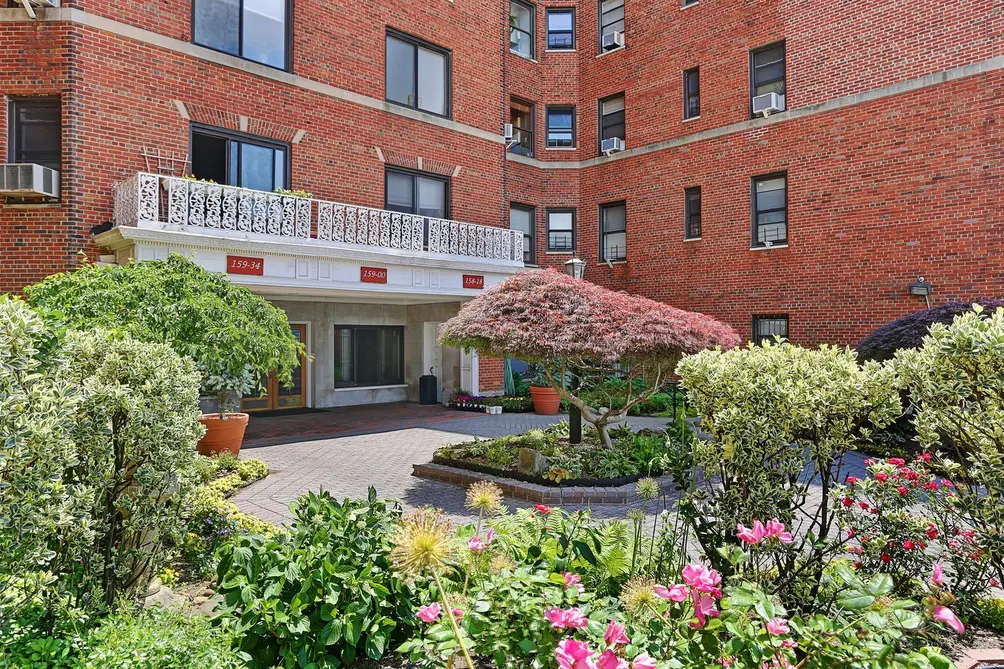 The River Arts (Compass)
The River Arts (Compass)
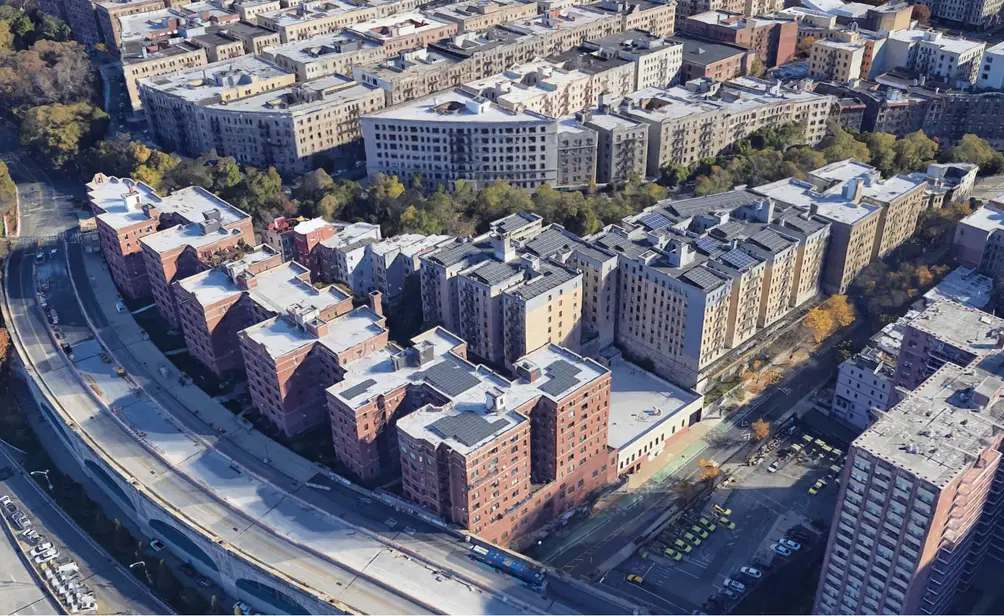 Google earth aerial showing the solar arrays atop River Arts
Google earth aerial showing the solar arrays atop River Arts
Inspired by the success of Cabrini Terrace (see above), the pre-war cooperative The River Arts installed its solar panels in 2009. They also went one step further and added composting bins that make it easier for residents to go green, especially as mandatory food separation is set to begin across New York in April 2025.
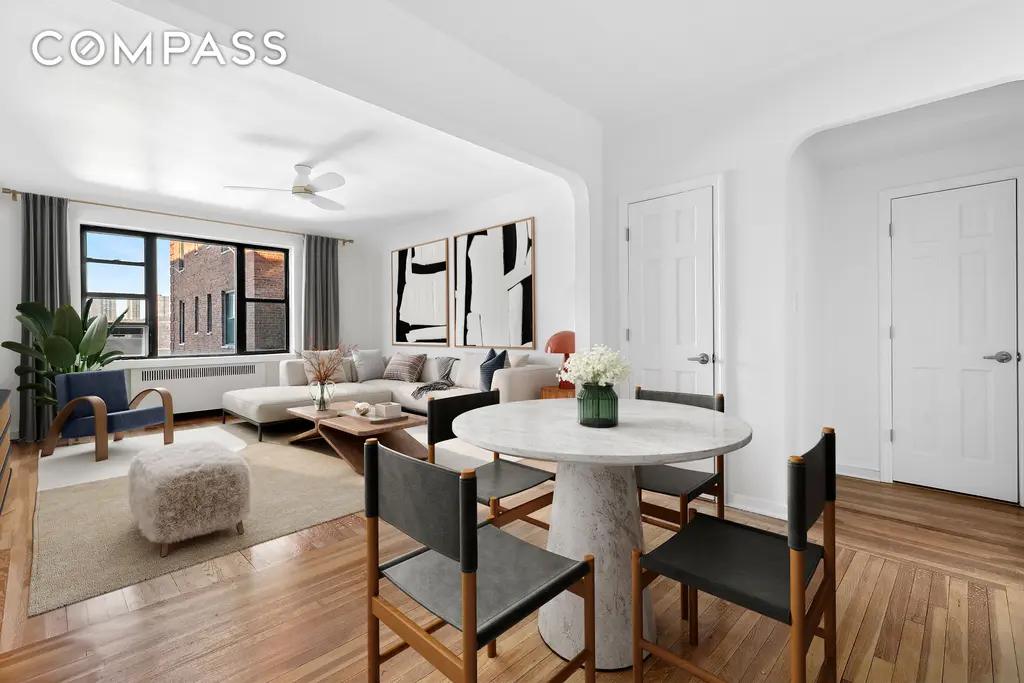
The River Arts, #5F90 (Compass)
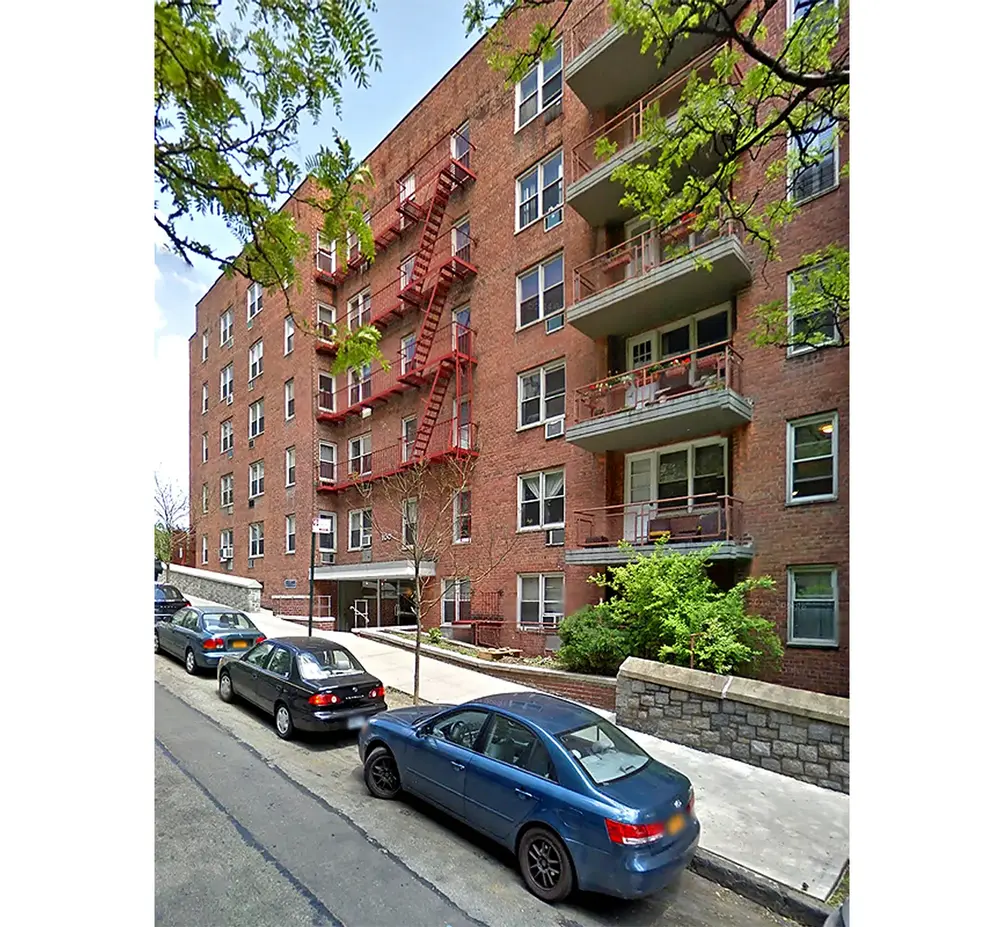 100 Overlook Terrace (CityRealty)
100 Overlook Terrace (CityRealty)
When a building undertakes a capital improvement project, assessment fees for residents are inevitable. But solar panels take some of the sting out of that: Not only will they cut energy costs in the long term, but a listing at 100 Overlook Terrace notes that the assessment for the co-op's solar panel installation will be refunded to shareholders through tax credits.
100 Overlook Terrace, #621
$729,000 (-4.7%)
Washington Heights | Cooperative | 2 Bedrooms, 2 Baths | 1,100 ft2
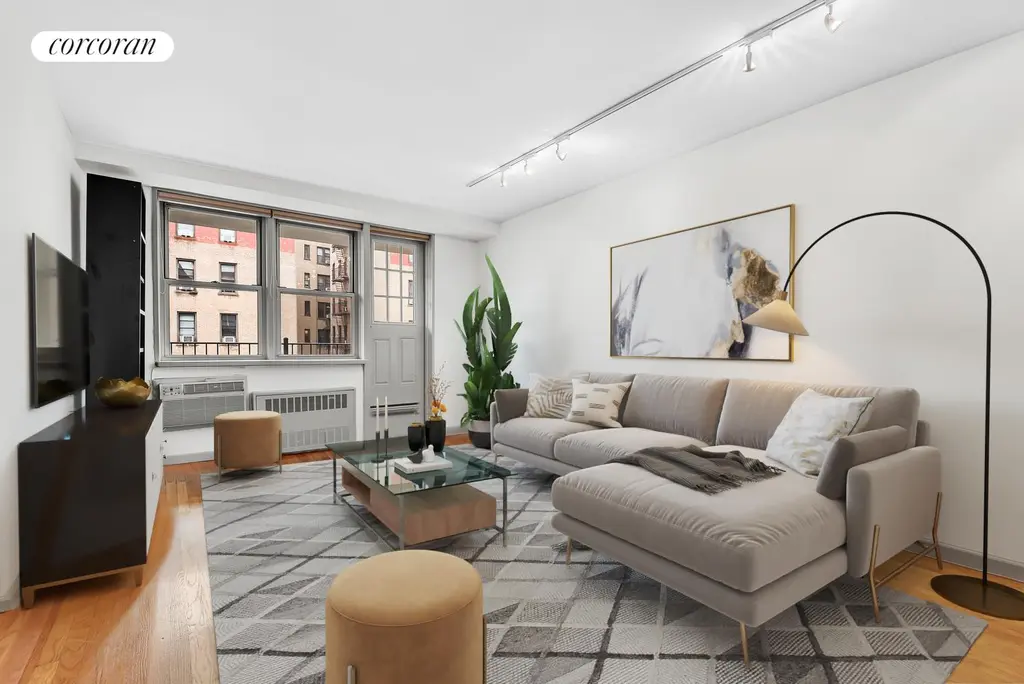
100 Overlook Terrace, #621 (Corcoran Group)
4568 Broadway
13 availabilities from $2,590/month
13 availabilities from $2,590/month
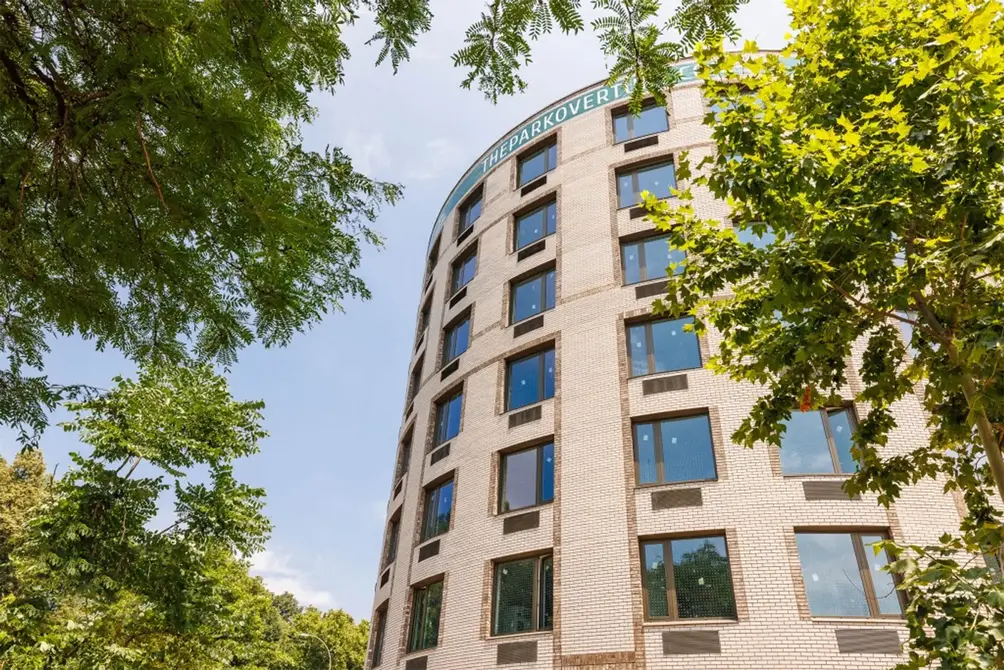 The Park Overture (MNS)
The Park Overture (MNS)
As Upper Manhattan rental The Park Overture shows, solar energy is not a luxury limited to homeowners. The Fort Tryon Park-adjacent building, which opened to residents last fall, uses rooftop solar panels to power the building and goes one step further to include energy-efficient electric appliances in all units.
20 River Terrace
Completed 2003
13 availabilities from $660K - $3.15M
Completed 2003
13 availabilities from $660K - $3.15M
A few years ago, pioneering Battery Park City building The Solaire was converted from rental to sales units with upgrades to the interiors and amenities. However, the team wisely left the photovoltaic panels, rainwater irrigation system, and other environmentally friendly features alone in recognition of their importance to the building’s sustainable brand. Word-of-mouth requests from residents and neighbors led to a flurry of contracts before sales officially launched.
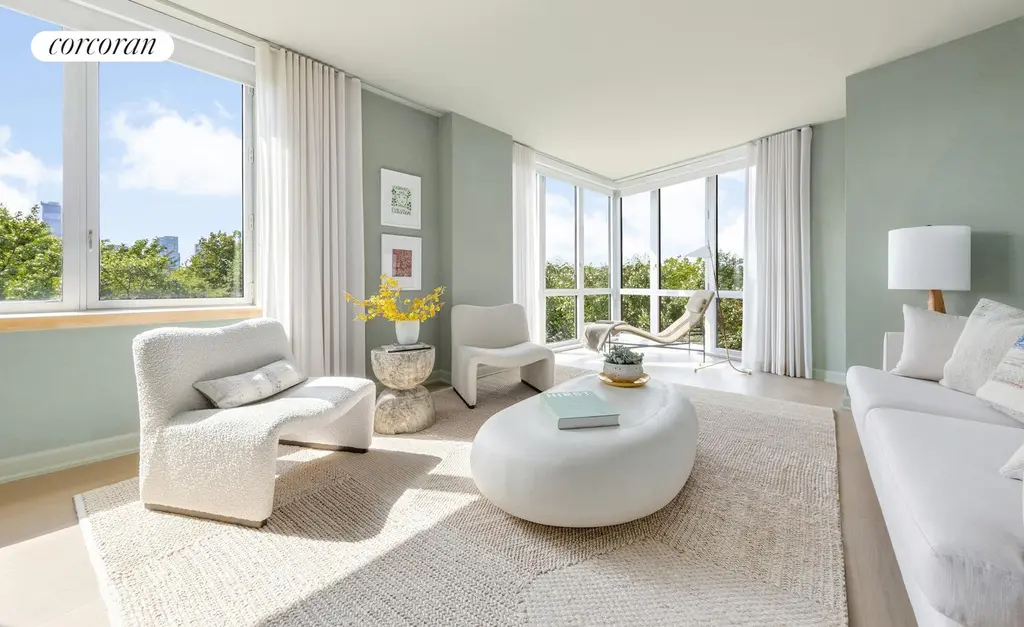
The Solaire, #17F (Corcoran Sunshine Marketing Group)
210 Warren Street
5 availabilities from $701K - $2.29M
5 availabilities from $701K - $2.29M
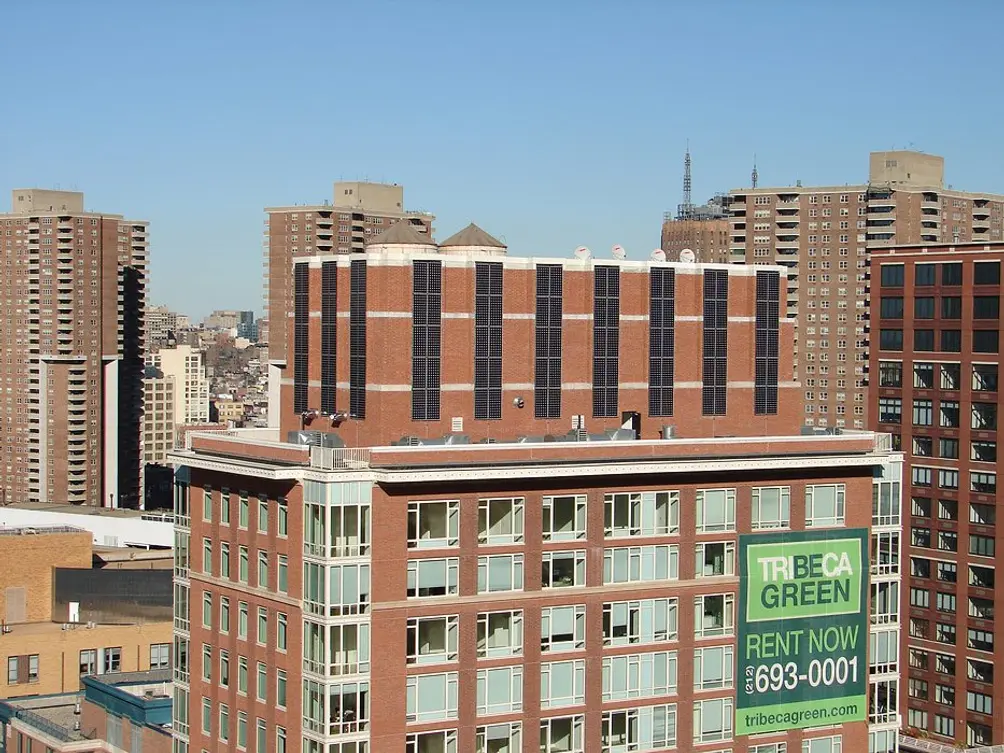 Image via altPower
Image via altPower
Tribeca Green, a recent condop conversion in Battery Park City, features solar panels integrated into bays at the top of the building, specifically on the east, west, and south-facing walls of the bulkhead. This marked the pioneering use of SunPower's higher-efficiency panels in New York City. As a LEED Certified building, Tribeca Green also encompasses various other environmentally friendly features.
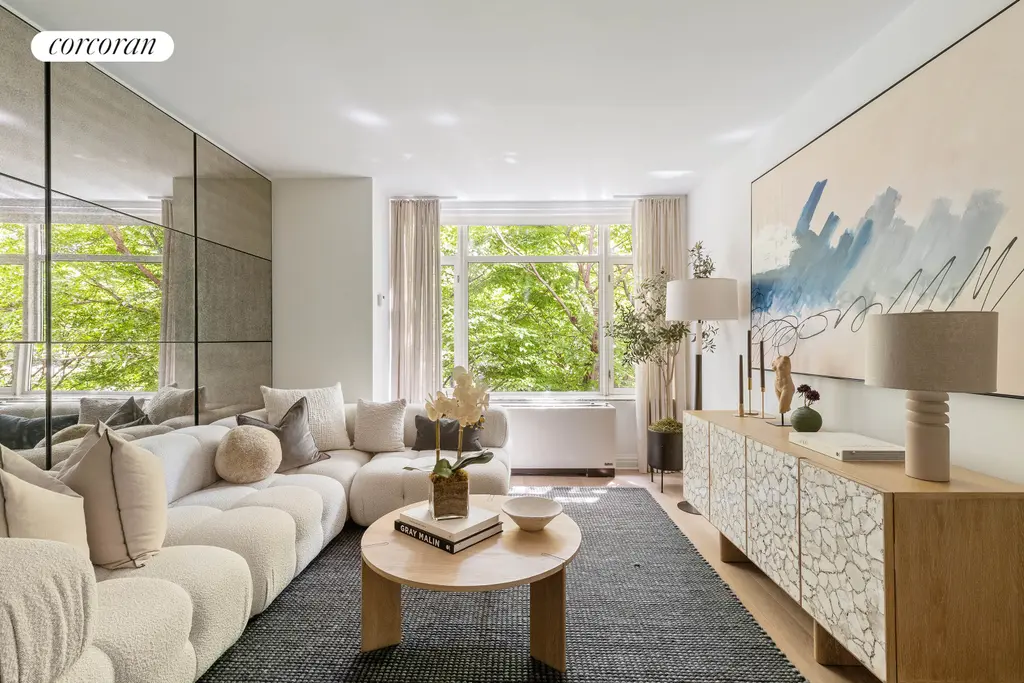
Tribeca Green, #22C (Corcoran Sunshine Marketing Group)
70 Little West Street
8 availabilities from $1.23M - $6.8M
8 availabilities from $1.23M - $6.8M
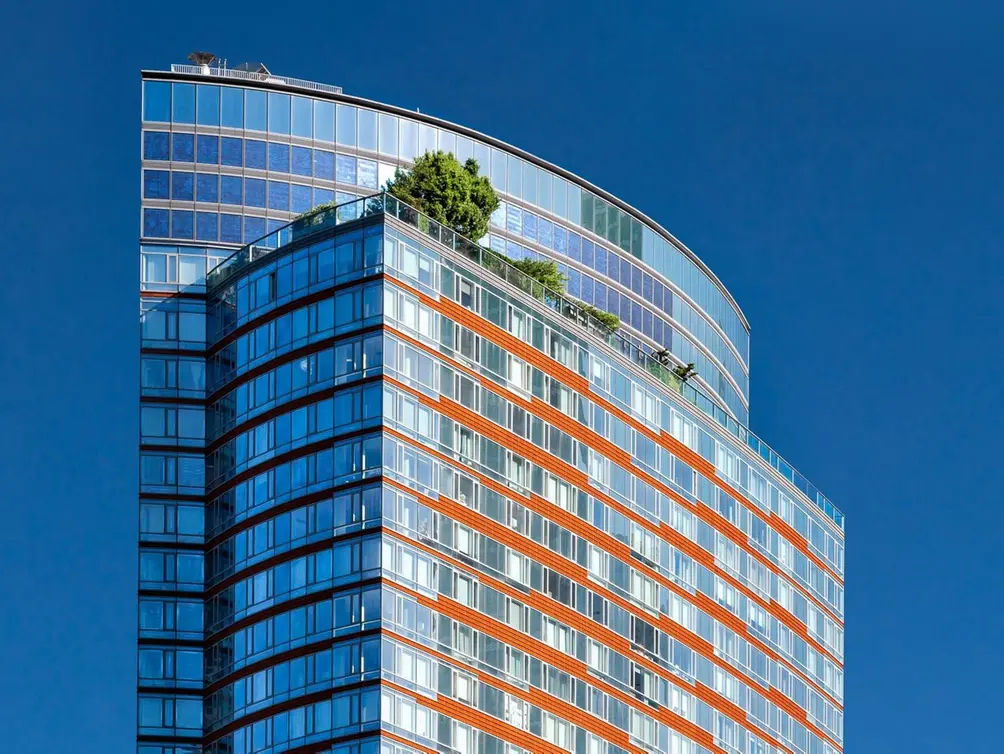 The Visionaire (Douglas Elliman)
The Visionaire (Douglas Elliman)
Several blocks south of The Solaire, The Visionaire’s curved glass facade by Pelli Clarke Pelli sets it apart in its Battery Park City neighborhood. The custom modules by altPower incorporate a blue cell, making the solar array very visible from the street below. The integrated solar paneling is used to generate a portion of the building’s electric load.
The Visionaire, #11M
$2,725,000 (-9.1%)
Battery Park City | Condominium | 3 Bedrooms, 2.5 Baths | 1,681 ft2
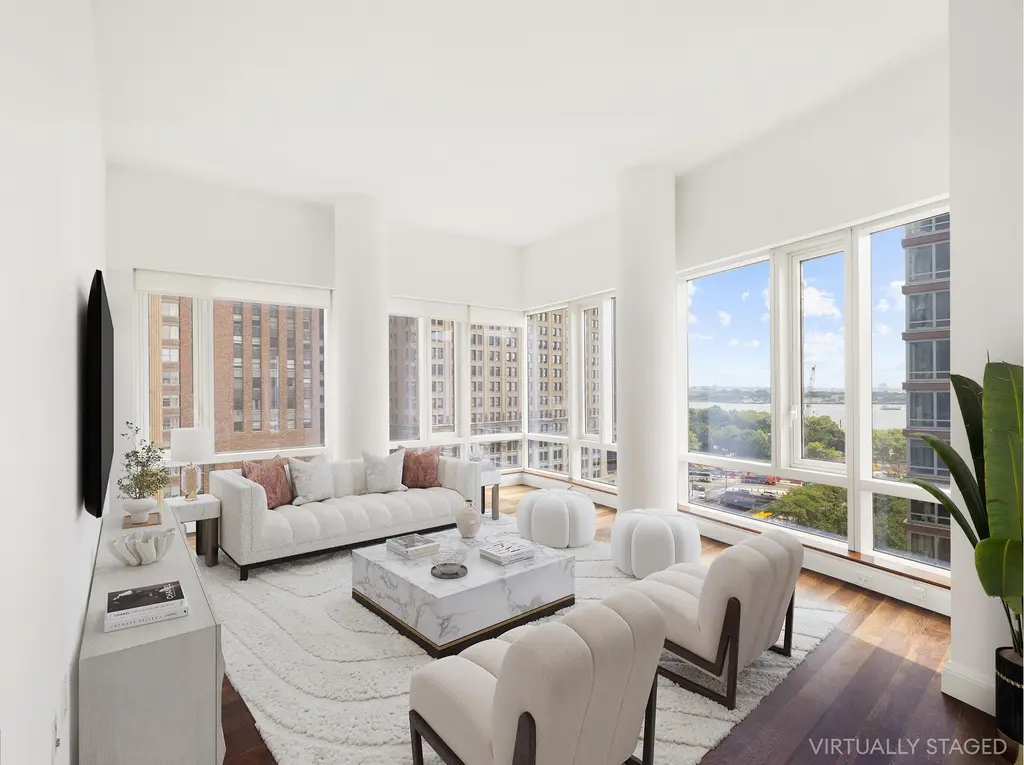
The Visionaire, #11M (Douglas Elliman Real Estate)
211 North End Avenue
1 availability for $6,400/month
1 availability for $6,400/month
The Verdesian, situated in Battery Park City, comprises 252 residential rental units. The custom
solar modules by altPower feature a blue cell, creating a highly visible array from the street below. The high-rise achieved the distinction of being the first in the United States to receive Platinum LEED certification from the U.S. Green Building Council. The building opened in 2006 and was designed by Pelli Clarke Pelli Architects and developed by the Albanese Organization
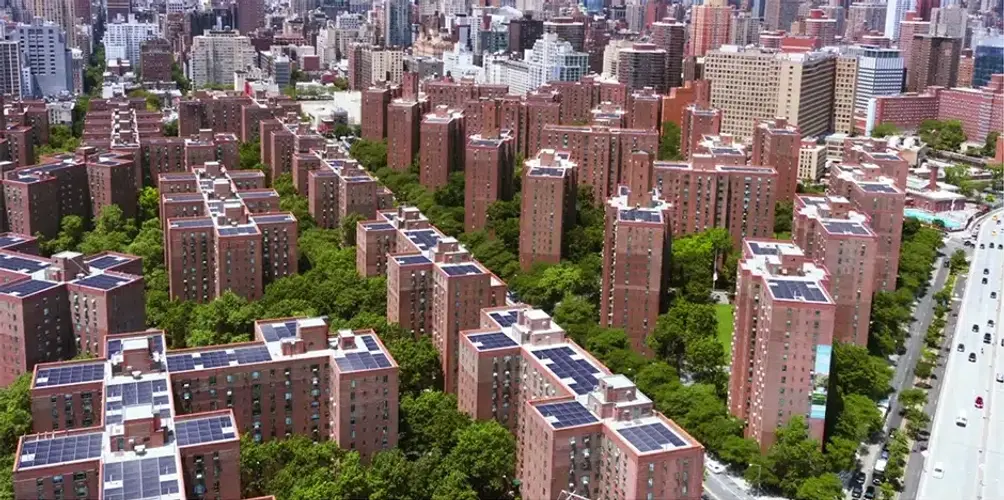 Stuyvesant Town - Peter Cooper Village (StuyTown)
Stuyvesant Town - Peter Cooper Village (StuyTown)
With 9,671 solar panels distributed over 22 acres of rooftops, Stuyvesant Town-Peter Cooper Village is home to the largest residential solar project in the United States. A project announcement called it “the equivalent to removing 11,972 cars from the road.”
635 West 42nd Street
4 availabilities from $819K - $1.65M
4 availabilities from $819K - $1.65M
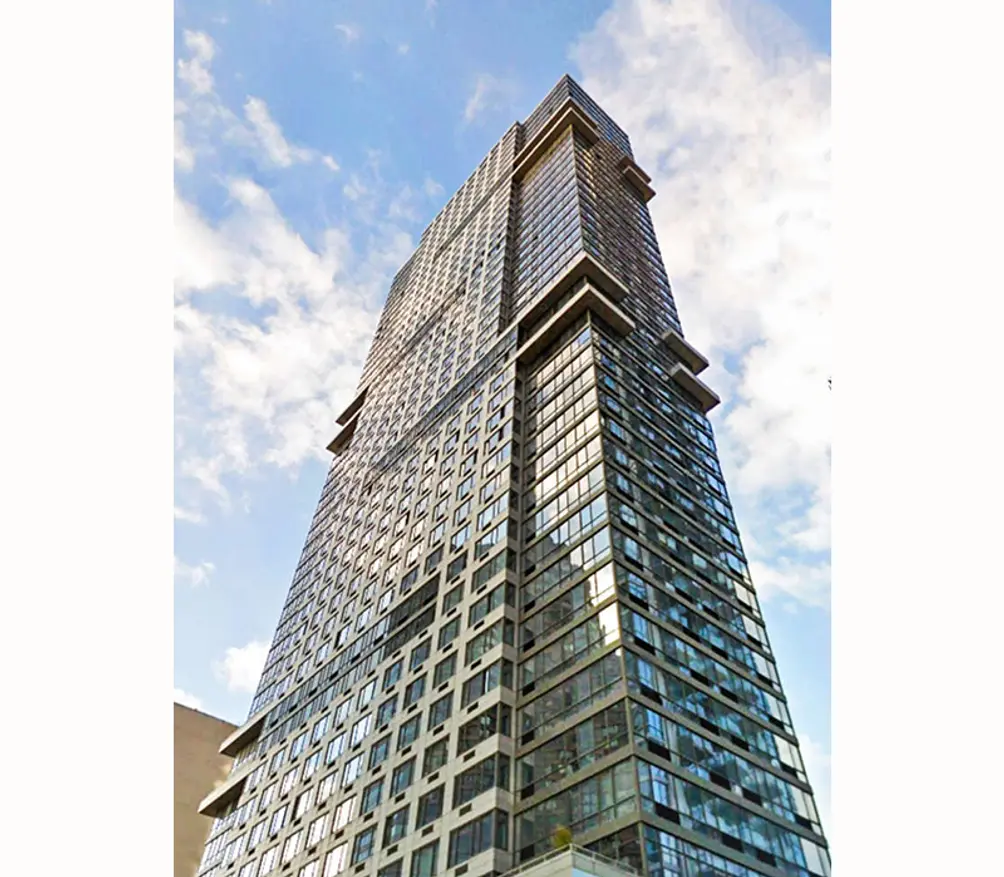 Atelier (Compass)
Atelier (Compass)
In recent years, Atelier has generated headlines for its extensive array of amenities and jaw-dropping incentives. It is further distinguished by the rooftop of 85 solar panels which produces an estimated 26,000 kilowatt hours per year and reduces the building’s carbon footprint by over 125,000 pounds annually. Perched more than 50 stories high, the solar array is the highest in the city.
Would you like to tour any of these properties?
Just complete the info below.
Or call us at (212) 755-5544
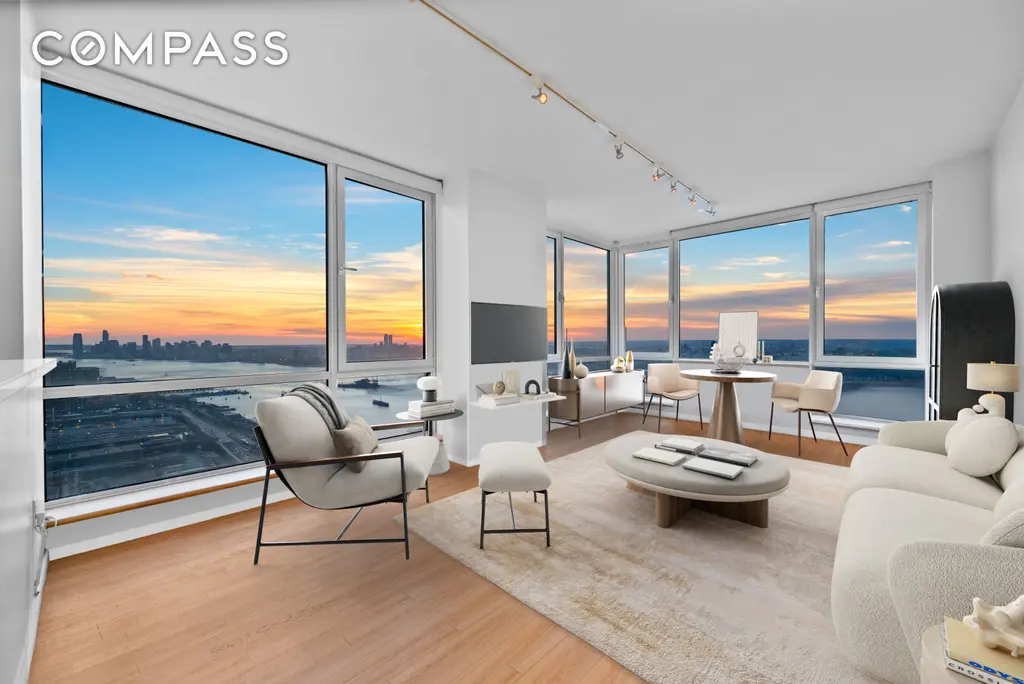
Atelier, #42K (Compass)
601 West 57th Street
12 availabilities from $3,584/month
12 availabilities from $3,584/month
Developed by the Durst Organization, The Helena is a 38-story, 580-unit residential rental building in Hell's Kitchen. The tower incorporates two independent Building Integrated Photovoltaic (BIPV) systems by altPOWER —one at the entrance canopy and the other at the mechanical bulkhead atop the building.
The entrance canopy features variously sized glass panels with embedded PV cells. For the bulkhead, standard panels are integrated into a tailor-made mounting system, forming a distinctive row of blue strips that enhance the building's aesthetics. The Helena proudly holds LEED Gold Certification.
The entrance canopy features variously sized glass panels with embedded PV cells. For the bulkhead, standard panels are integrated into a tailor-made mounting system, forming a distinctive row of blue strips that enhance the building's aesthetics. The Helena proudly holds LEED Gold Certification.
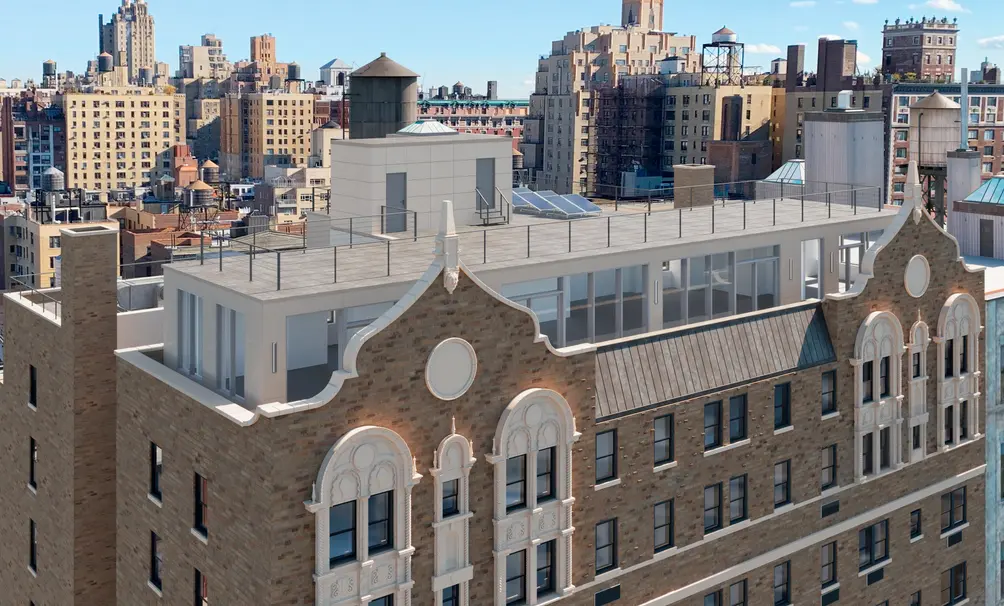 45 West 81st Street (Matt Markowitz, Architect for Landmarks Preservation Commission)
45 West 81st Street (Matt Markowitz, Architect for Landmarks Preservation Commission)
Amidst the conversion of 45 West 81st Street from a hotel to residential use, the team got Landmarks' approval for a penthouse addition with rooftop solar panels. As per an offering plan accepted in July 2024, prices for the newly created apartments are expected to start at $657K for studios, $955K for one-bedrooms, $1.862 million for two-bedrooms, and $2.698 million for three-bedrooms.
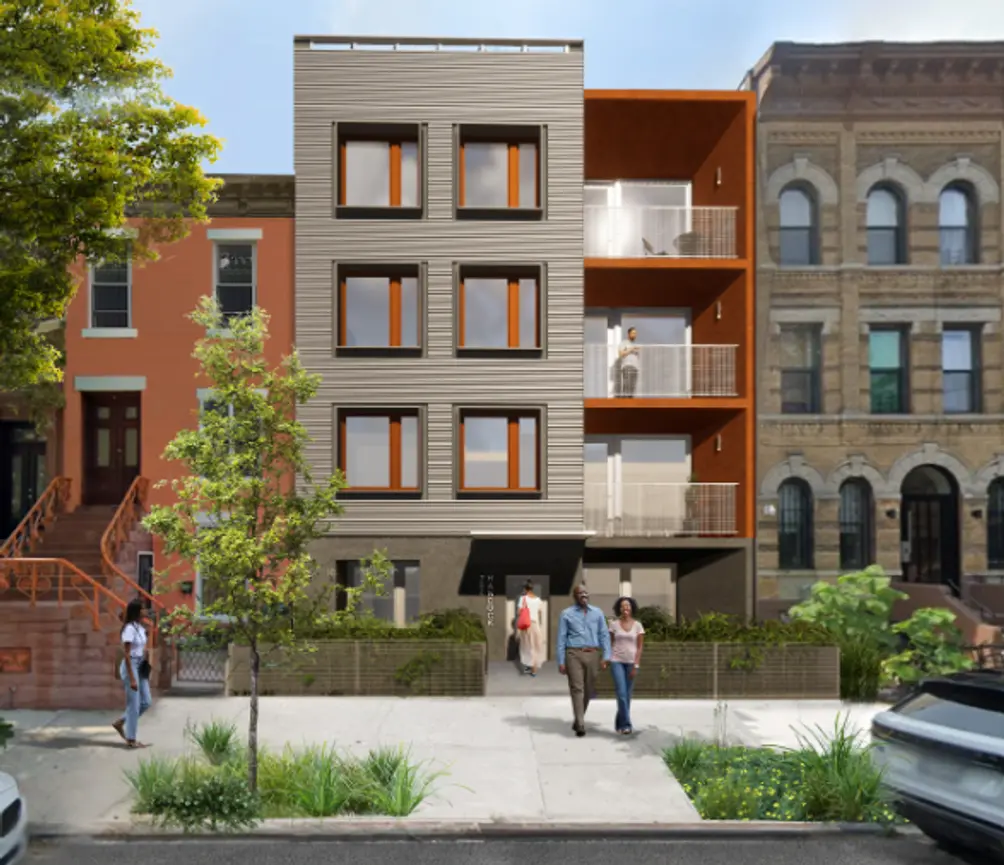 702 Hancock Street (Compass)
702 Hancock Street (Compass)
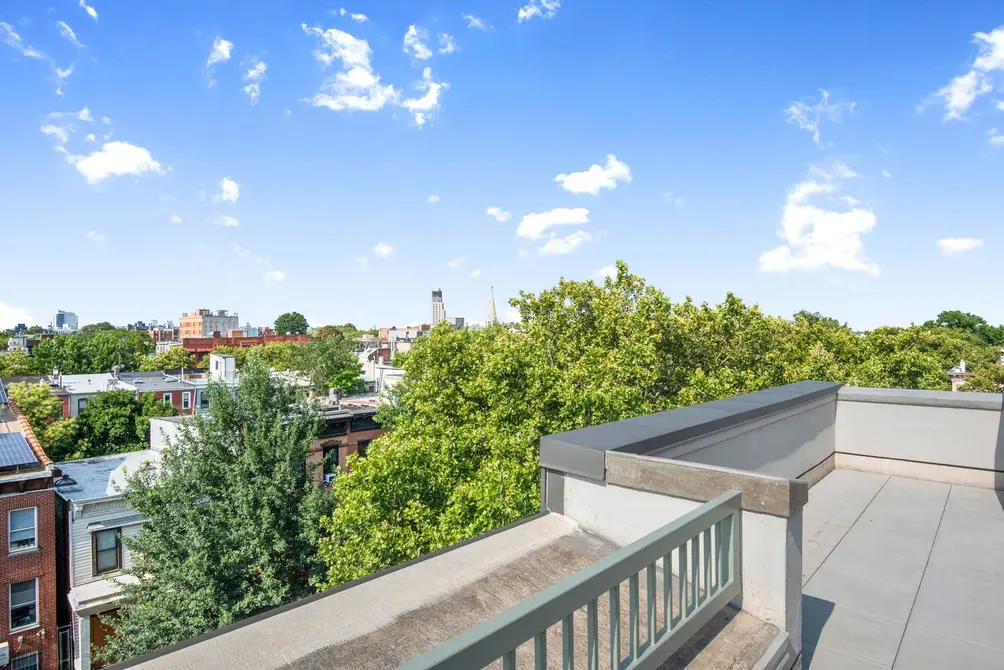
The boutique condominium at 702 Hancock Street represents Bedford-Stuyvesant's first residential building to be constructed to Passive House standards. Rooftop solar panels, triple-pane windows, an airtight building envelope, and an energy recovery system were instrumental in the building meeting the rigorous certification standards.
702 Hancock Street, #2B
$795,000 (-11.2%)
Bedford-Stuyvesant | Condominium | 2 Bedrooms, 1 Bath | 777 ft2
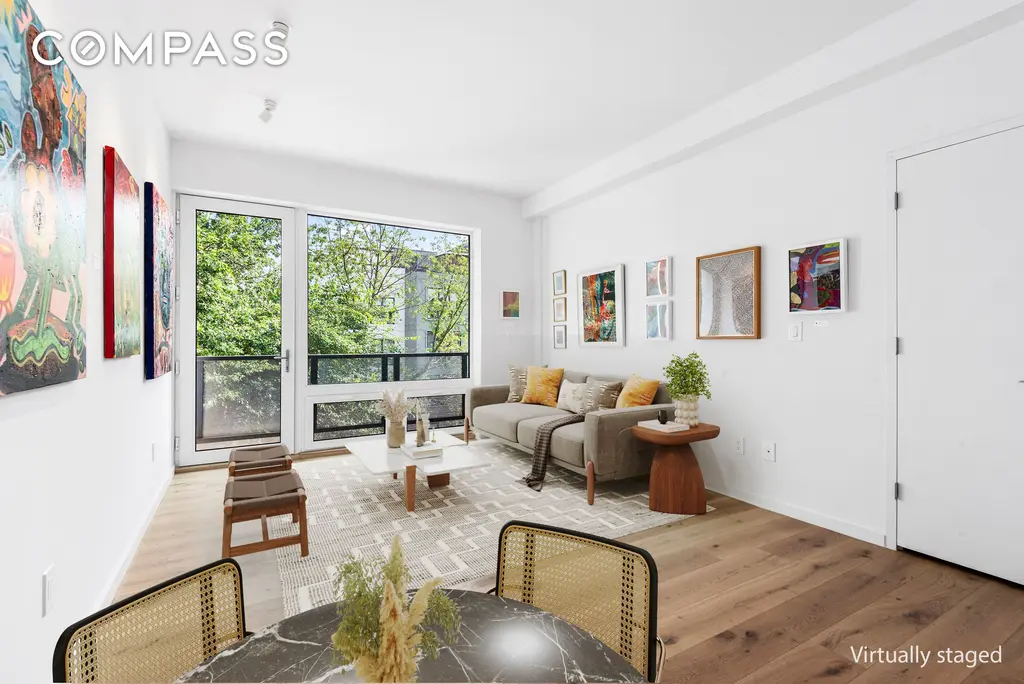
702 Hancock Street, #2B (Compass)
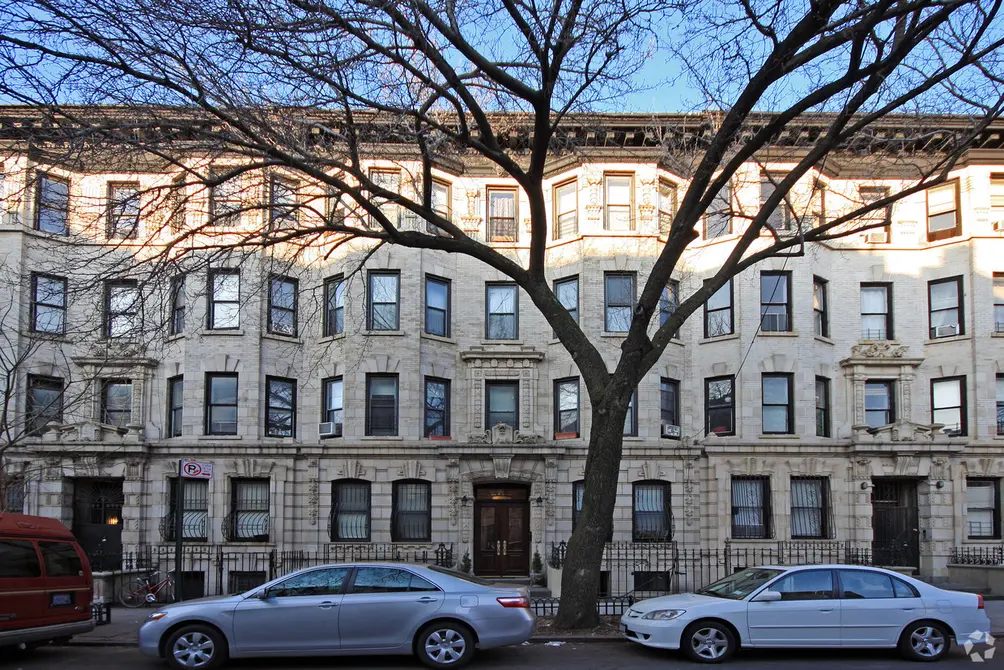 226 Saint James Place (Compass)
226 Saint James Place (Compass)
In the Clinton Hill Historic District, a few blocks from the childhood home of Notorious B.I.G., 226 Saint James Place kept many of its original prewar details intact amidst a recent renovation. This included adding rooftop solar panels.
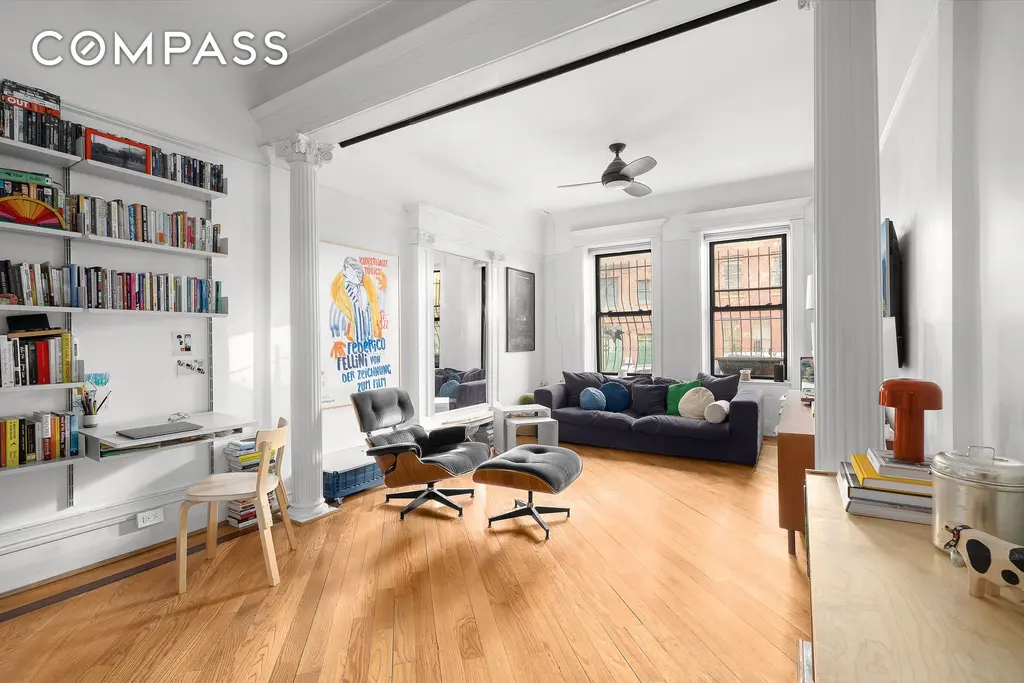
226 Saint James Place, #1R (Compass)
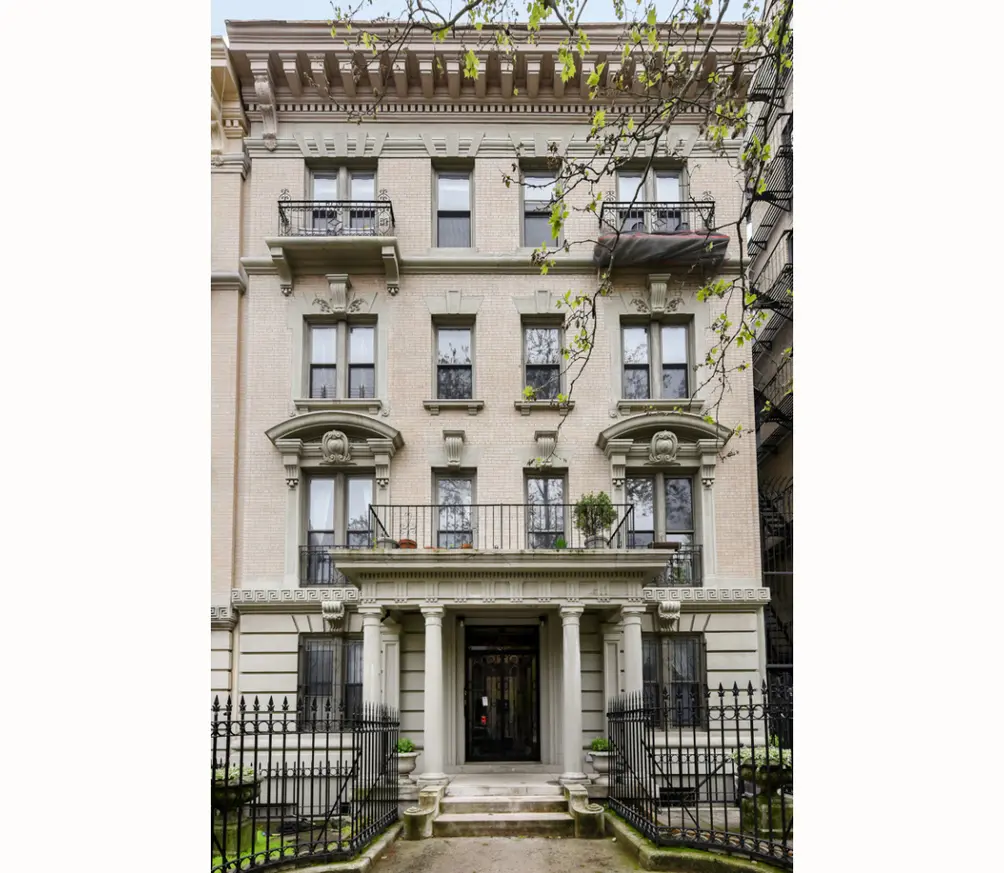 225 Eighth Avenue (Compass)
225 Eighth Avenue (Compass)
The prewar building at 225 Eighth Avenue is located in the heart of the Park Slope Historic District, which keeps the area looking similar to the way it did 100 years ago. However, the board of this co-op recently installed solar panels on the roof to keep up with the times and reduce electrical costs.
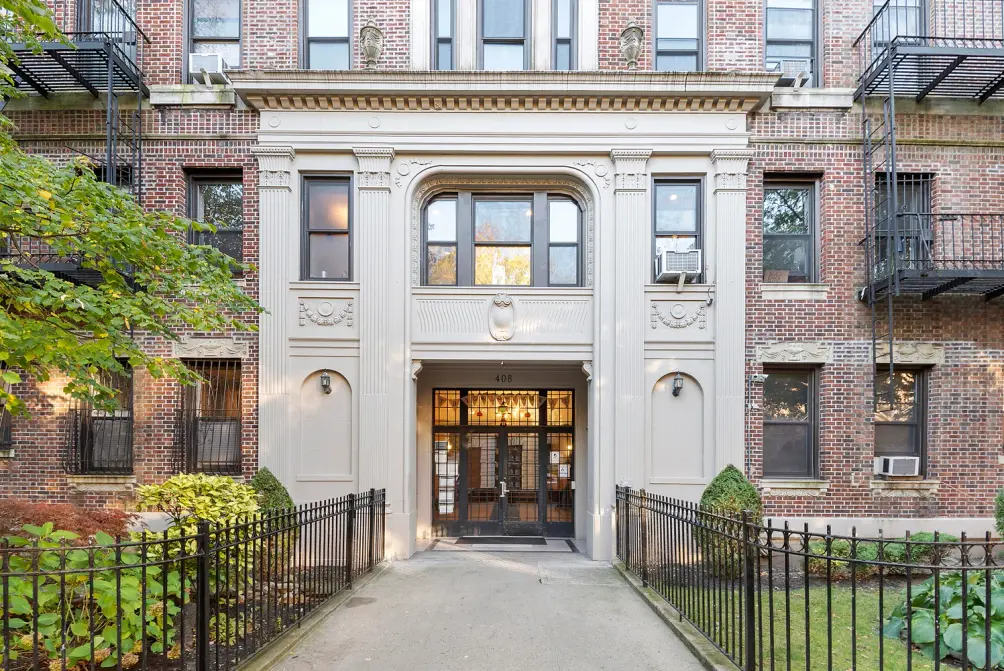 408 Saint John's Place (Compass)
408 Saint John's Place (Compass)
Over the past few years, prices in Prospect Heights have steadily climbed (CityRealty data puts the current condo average at $1,293 per square foot). However, solar panels on the roof of 408 Saint Johns Place help residents save both energy and money.
669 Saint Marks Avenue
2 availabilities from $1.35M - $1.4M
2 availabilities from $1.35M - $1.4M
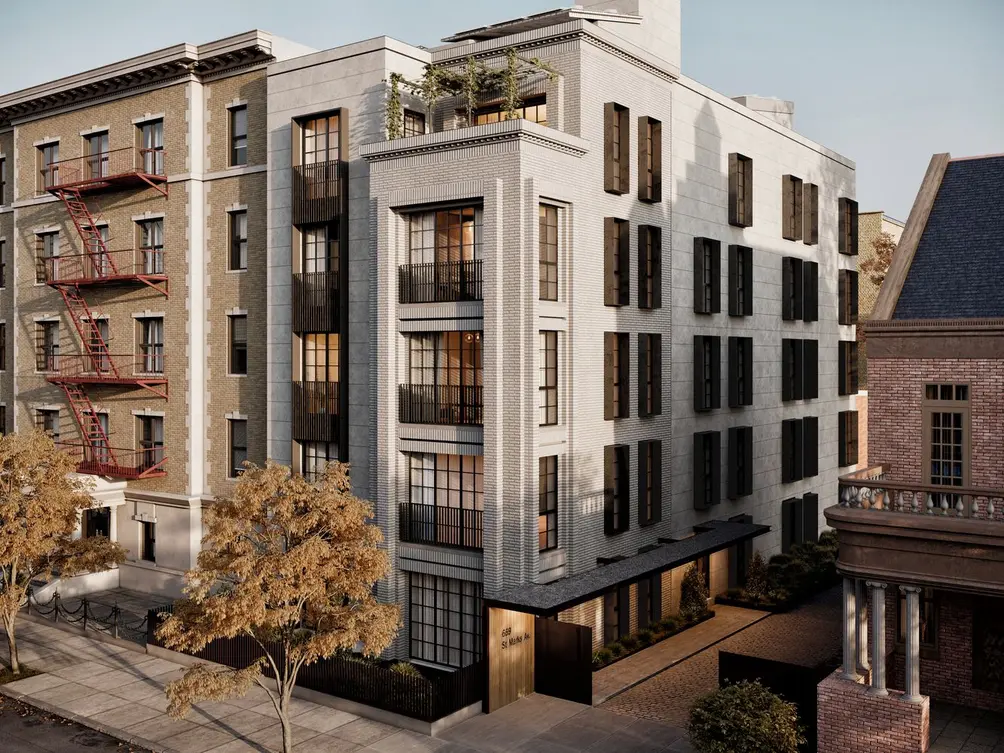 Lexe (DDReps)
Lexe (DDReps)
Some of the aforementioned buildings are older properties that have installed their rooftop solar panels in recent years. However, solar panels were a part of Lexe’s construction from the start. This, along with the building’s airtight seal and triple-pane windows, was instrumental in the building’s Passive House certification.
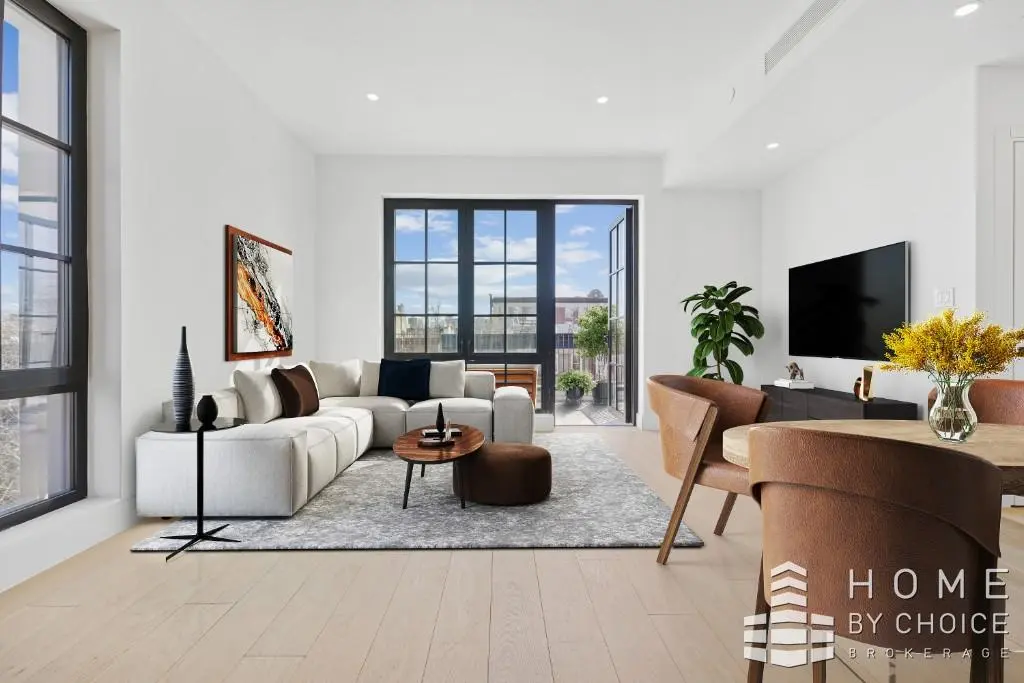
Lexe Passive House, #PHA (Compass)
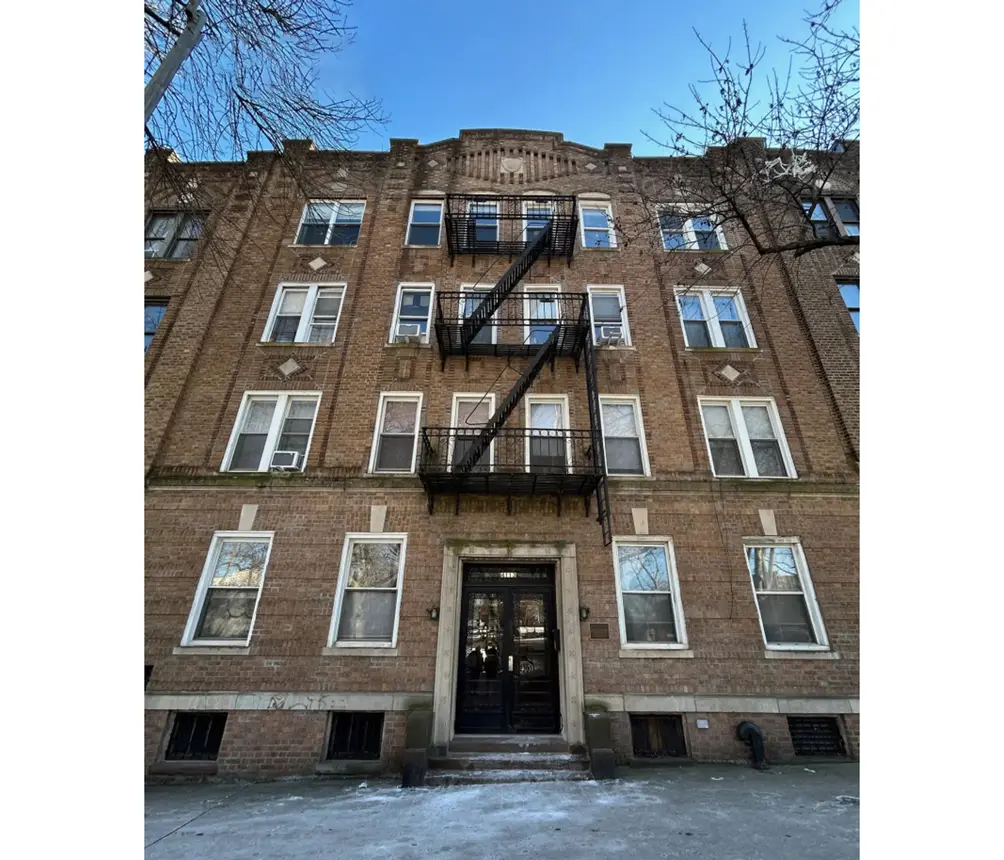 4113 Seventh Avenue (Corcoran Group)
4113 Seventh Avenue (Corcoran Group)
Co-ops are a mainstay throughout New York City, and got an early start in Sunset Park thanks to a group of Finnish immigrants who combined their resources and set up a housing cooperative. Baltic Homes, a building described as "one of the original Finnish co-ops," is landmarked, but was able to install solar panels on the roof.
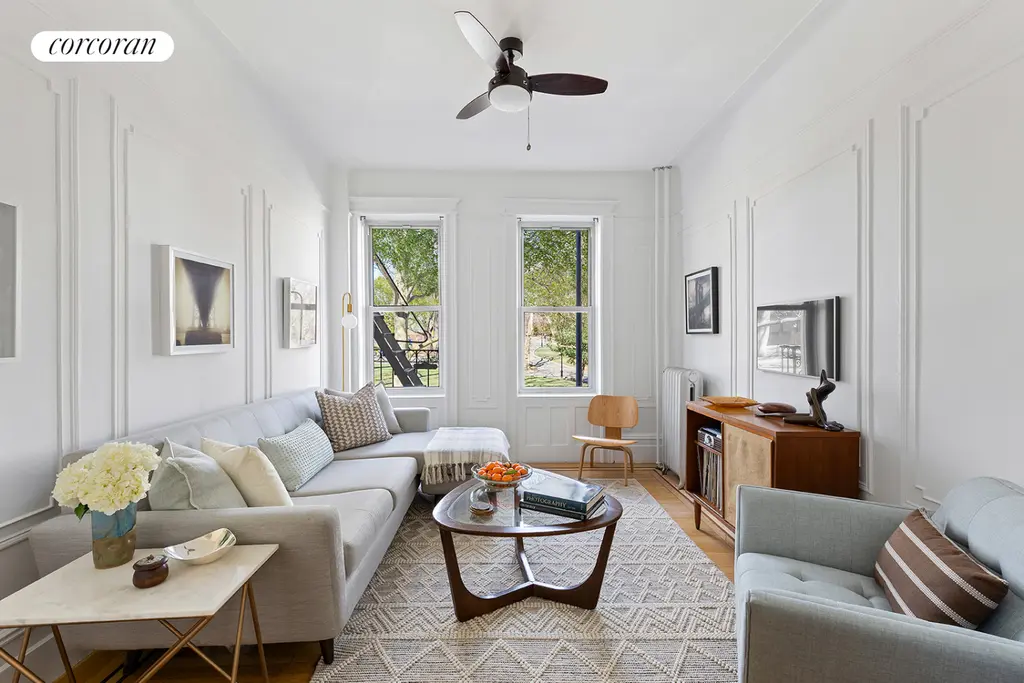
Baltic Homes, #8 (Corcoran Group)
22-58 46th Street
4 availabilities from $789K - $1.49M
4 availabilities from $789K - $1.49M
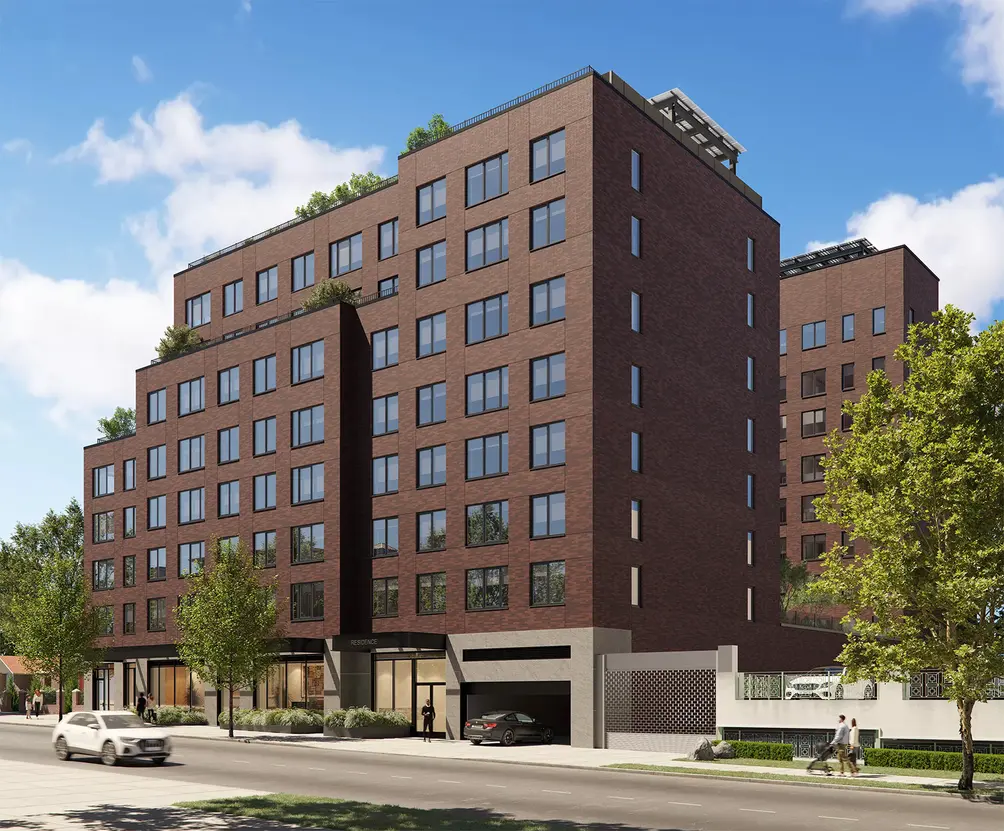 Fabric Astoria (MNS)
Fabric Astoria (MNS)
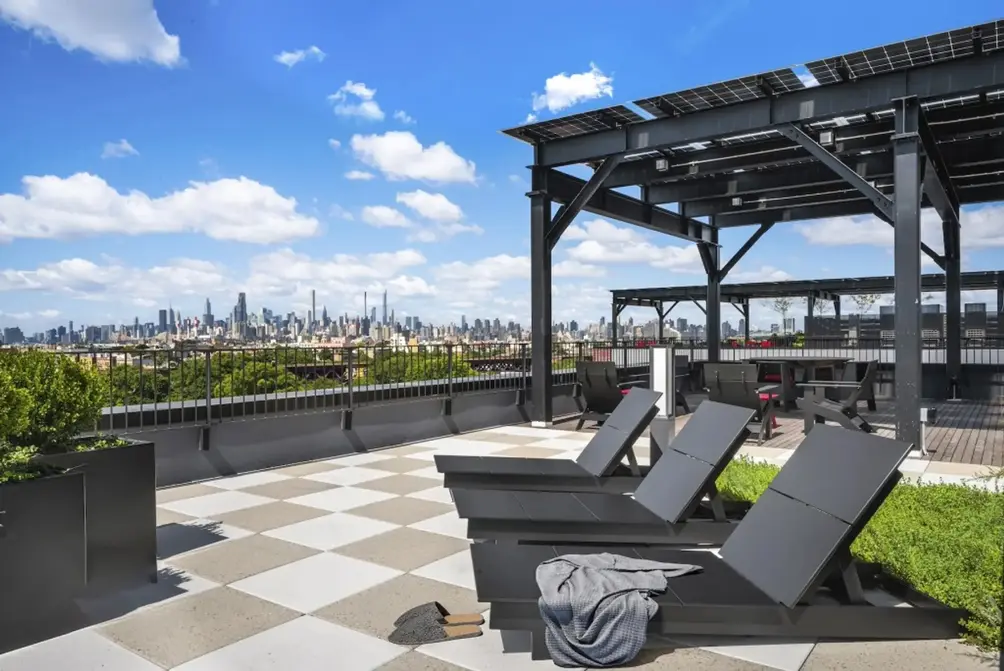
The design of Fabric Astoria pays respectful tribute to its neighborhood's industrial history, but the apartments, amenities, and infrastructure were designed with today's buyer in mind. Rooftop solar panels supply power to the building's common elements, which include a gym, lounge, coworking space, and children's playroom.
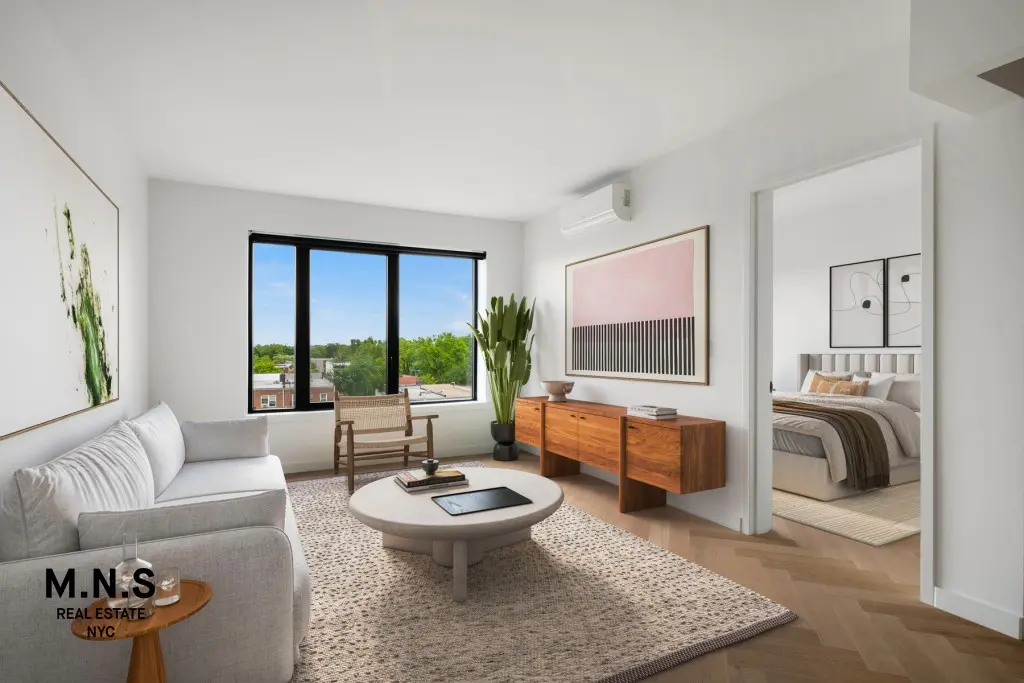
Fabric Astoria, #605 (MNS)
180 River Drive
9 availabilities from $3,512/month
9 availabilities from $3,512/month
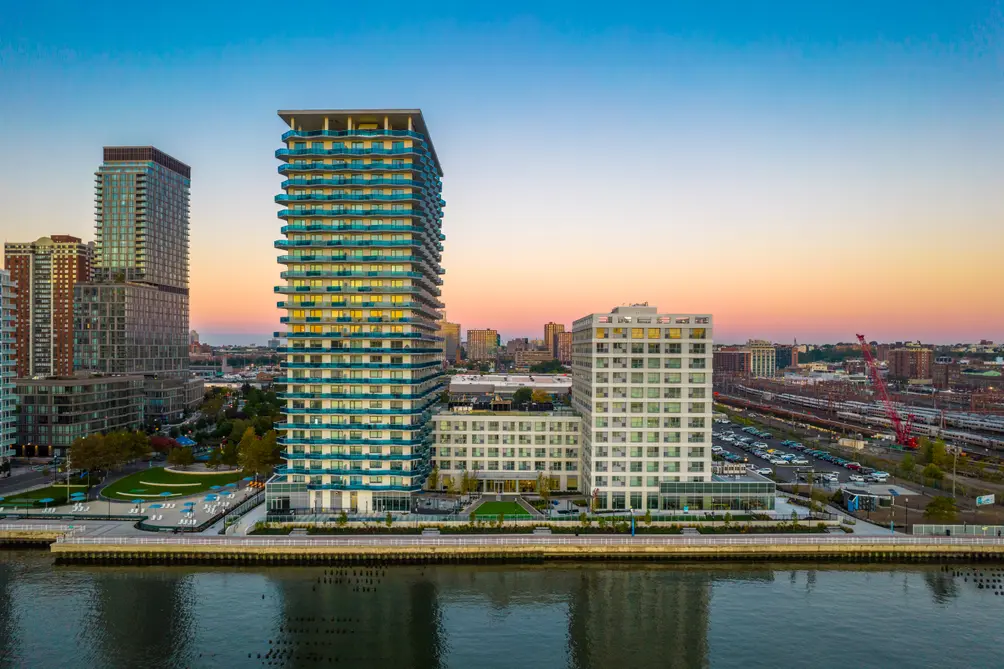 The Beach (LeFrak)
The Beach (LeFrak)

Sustainable living may also be found across the river: In Jersey City's Newport neighborhood, The Beach is home to New Jersey's largest solar panel installation on a high-rise multi-family residential building. The 450-panel system offsets 154 metric tons of carbon emissions, the equivalent of the carbon emitted by 37 gas-powered cars, in one year.
Townhouses with solar panels
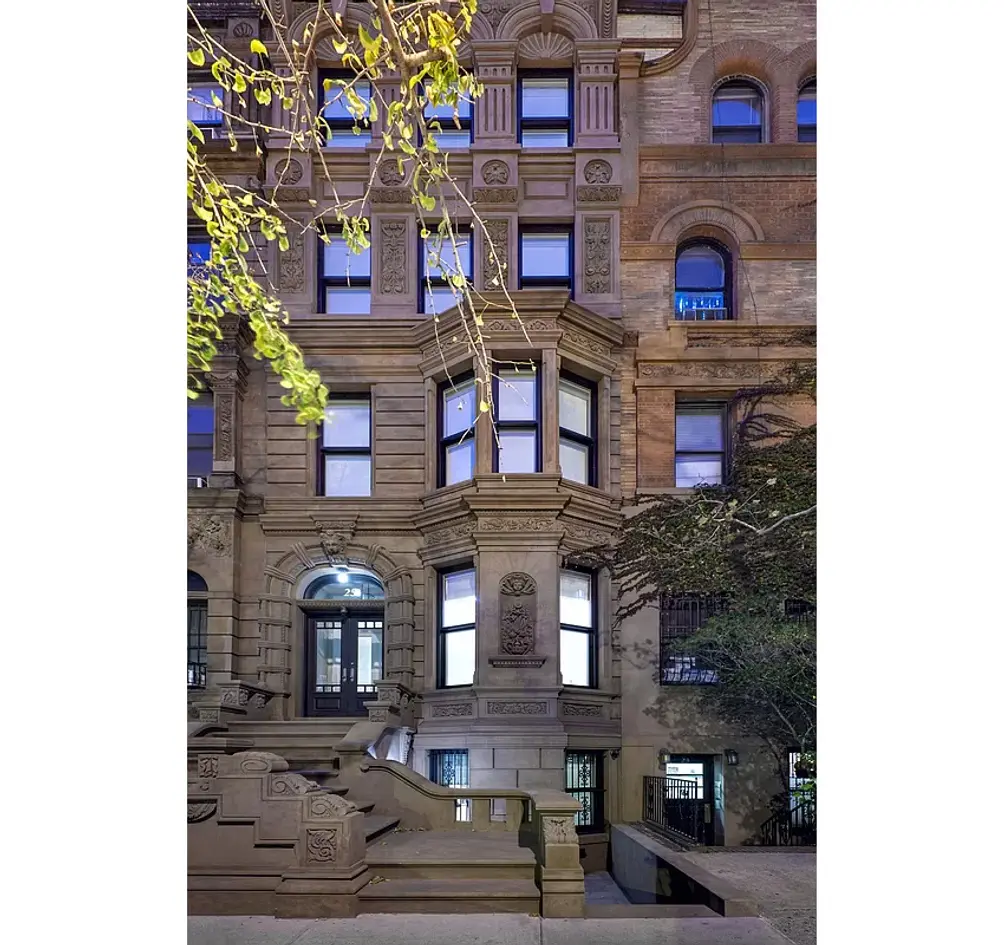 25 West 88th Street, #TH (Leslie J. Garfield)
25 West 88th Street, #TH (Leslie J. Garfield)
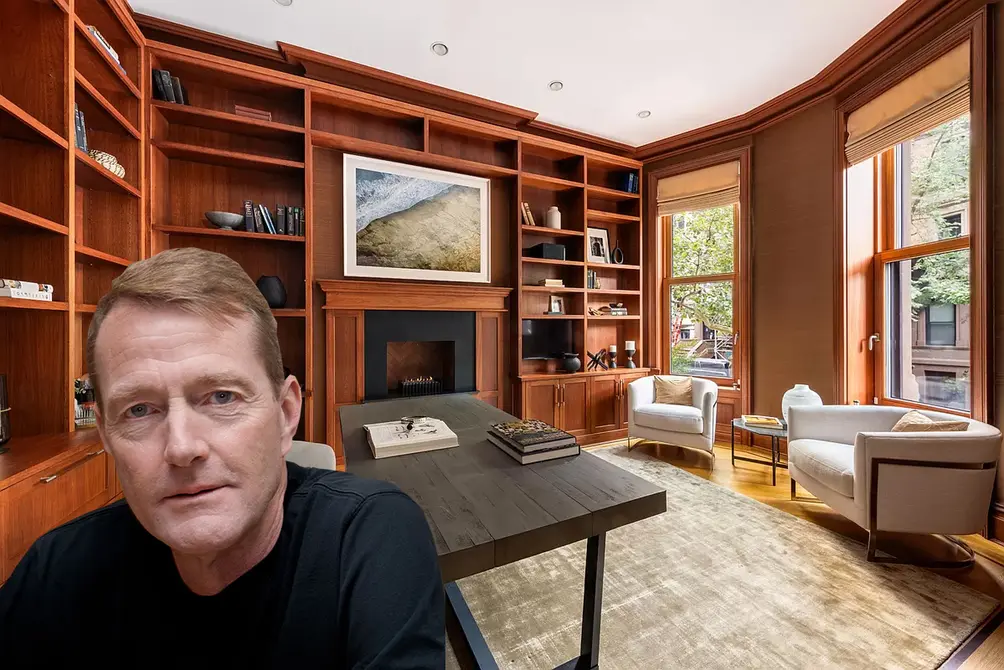
As 25 West 88th Street is located in the Upper West Side/Central Park West Historic District, it still looks much as it did when it was constructed in the late 19th century. However, it was one of the first townhouses in Manhattan to receive a national designation as LEED Certified Platinum and Passive House certified, thanks to improvements that included solar panels.
Best-selling author Lee Child bought the house in spring 2024. However, the following well-appointed houses with rooftop solar panels and great New York City addresses are now on the market.
Best-selling author Lee Child bought the house in spring 2024. However, the following well-appointed houses with rooftop solar panels and great New York City addresses are now on the market.
11 Sylvan Terrace, #TH
$1,540,000 (-3.1%)
Washington Heights | Townhouse | 3 Bedrooms, 2.5 Baths | 1,625 ft2
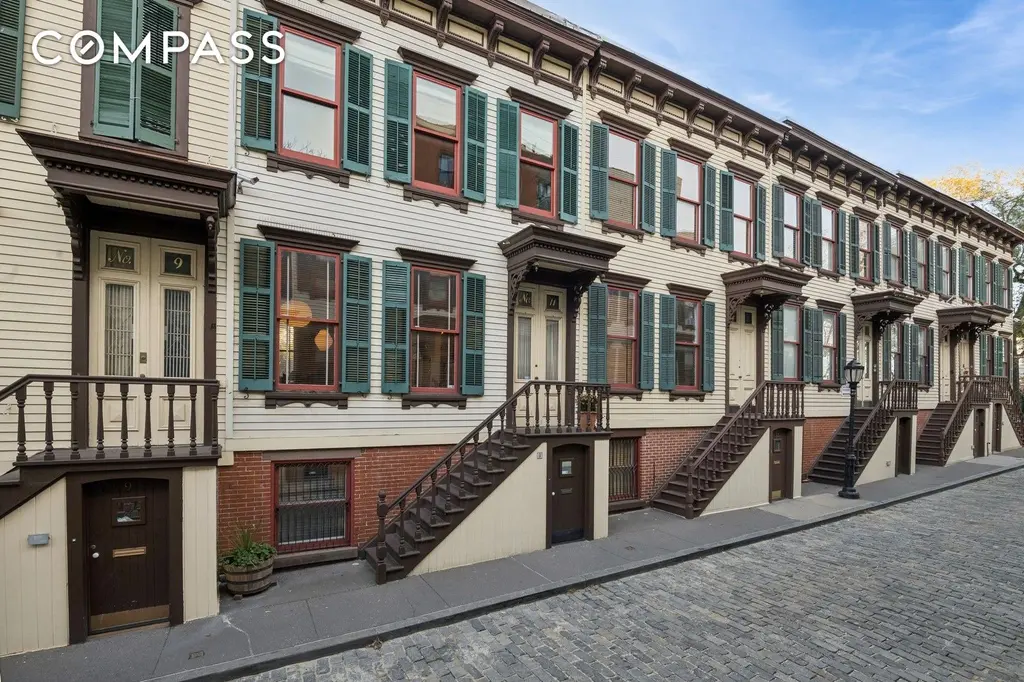
11 Sylvan Terrace, #TH (Compass)
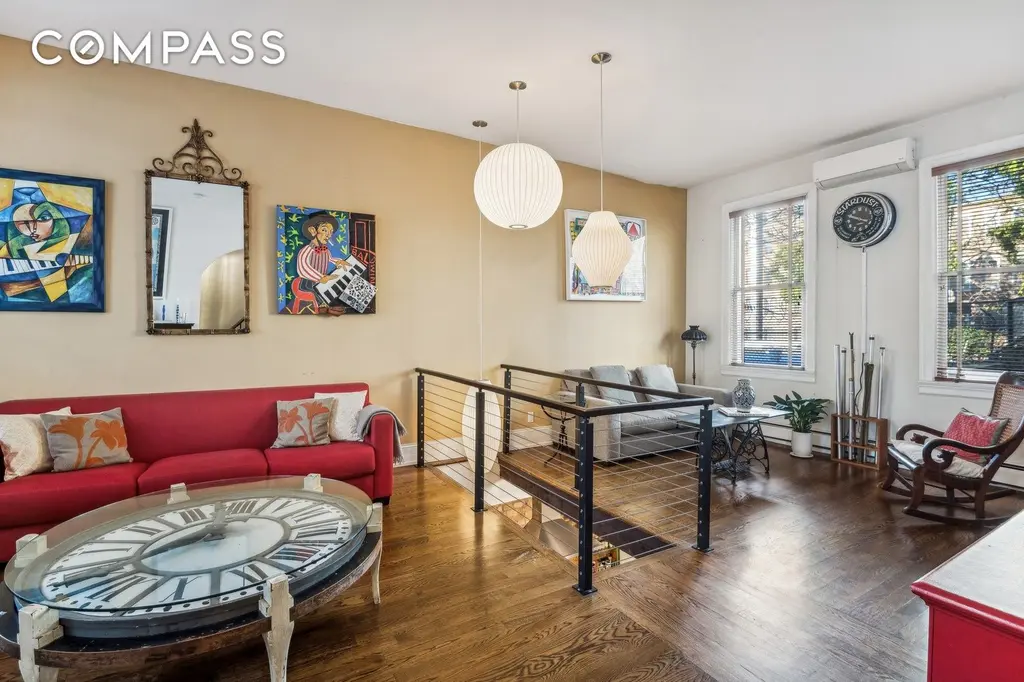
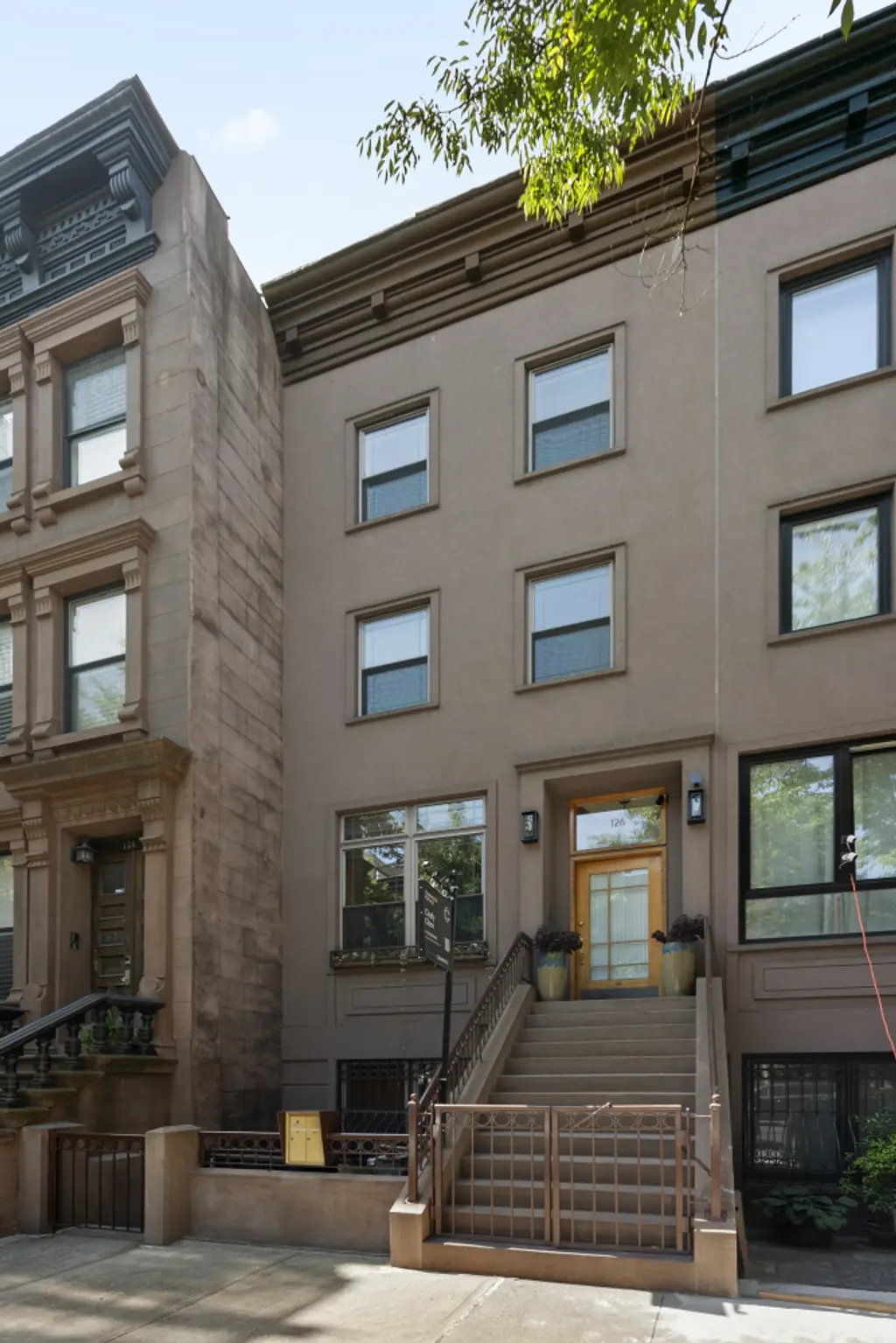
126 West 132nd Street, #TH (Serhant)
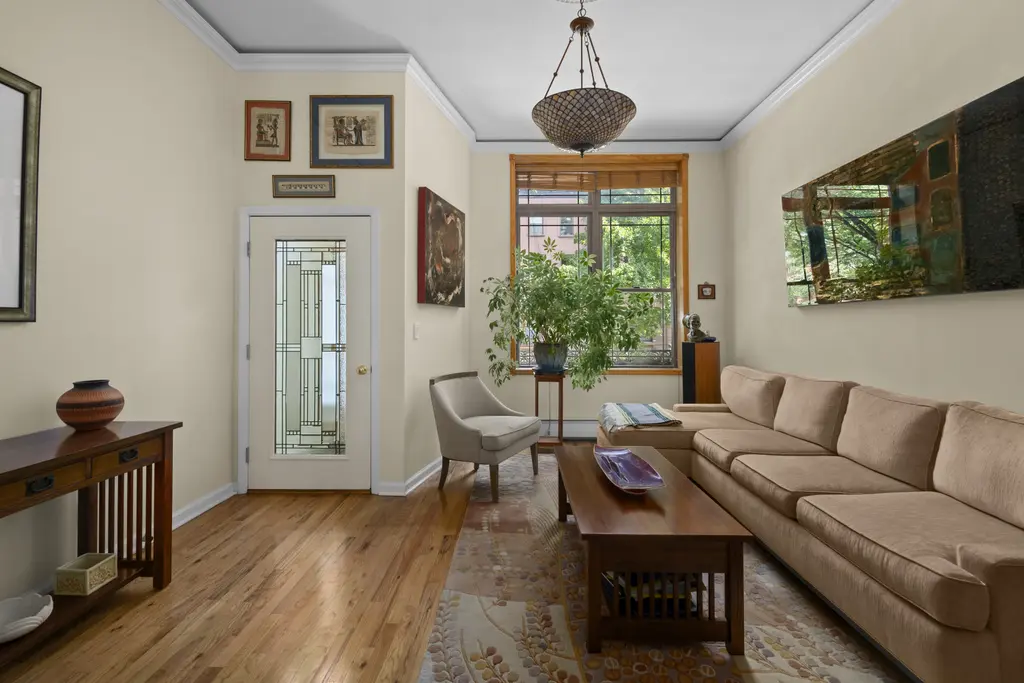
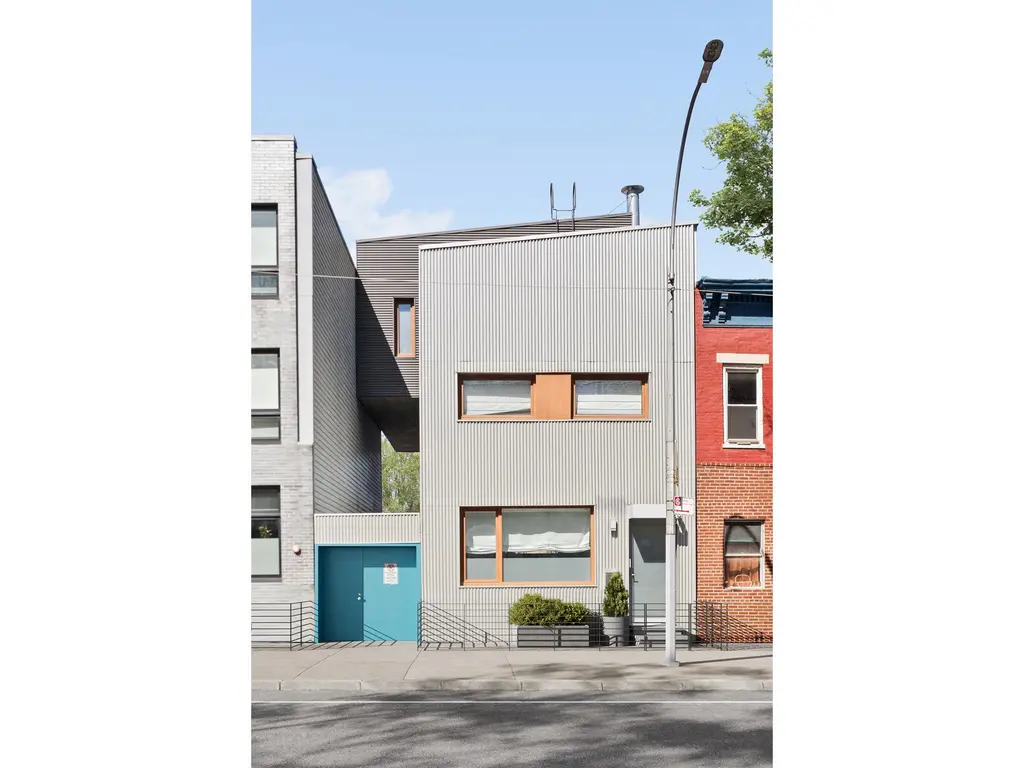
626 Sixth Avenue, #TH (Douglas Elliman Real Estate)
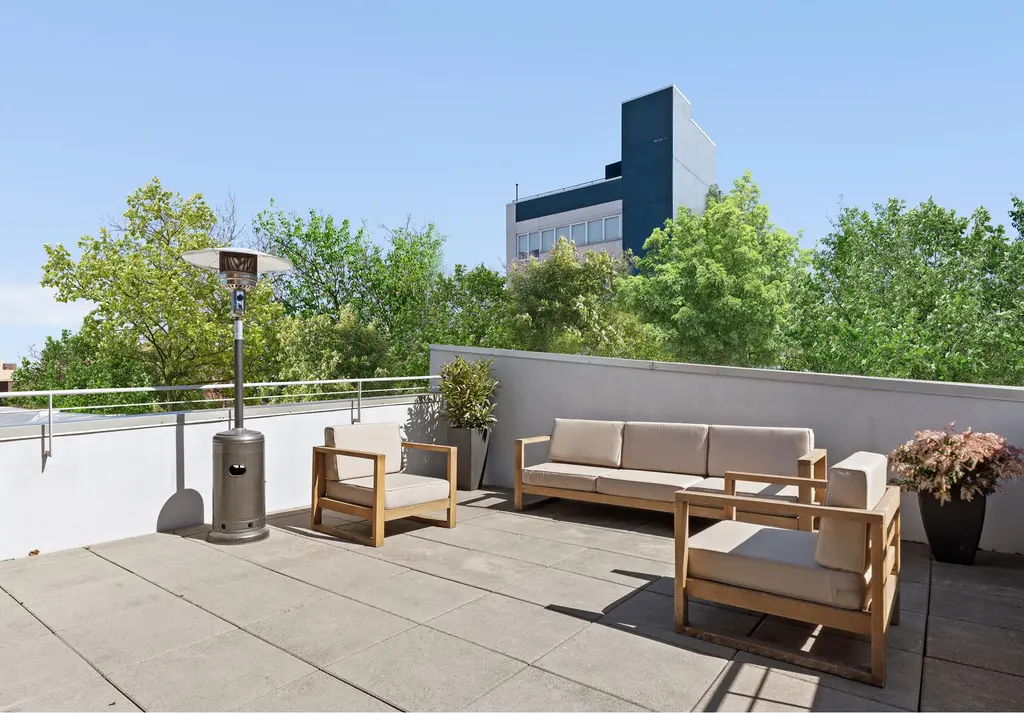
Would you like to tour any of these properties?
Just complete the info below.
Or call us at (212) 755-5544
Would you like to tour any of these properties?


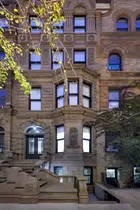
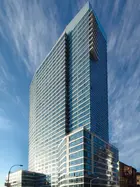
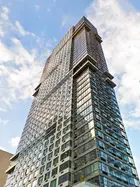
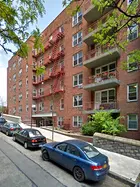


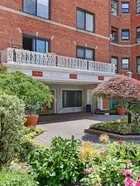
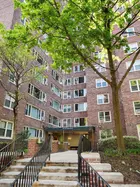
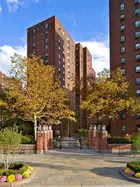

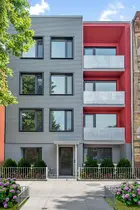
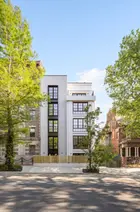
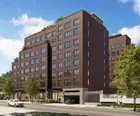


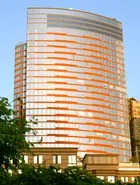
 6sqft delivers the latest on real estate, architecture, and design, straight from New York City.
6sqft delivers the latest on real estate, architecture, and design, straight from New York City.
